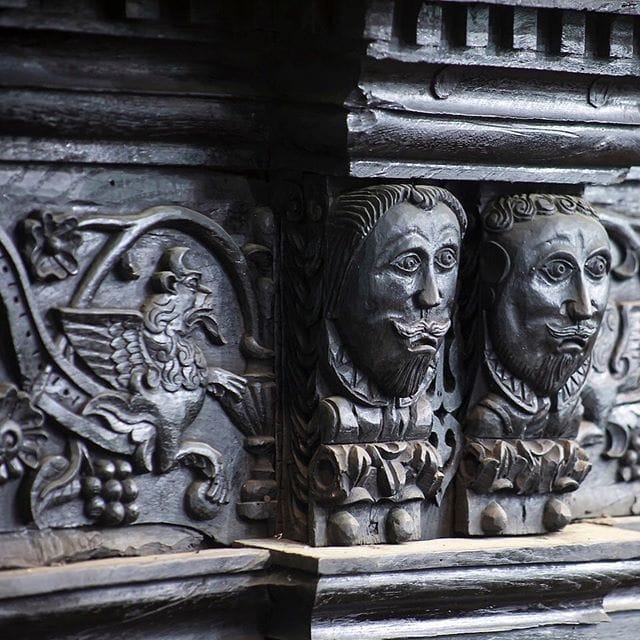
Welcome!
Thanks for coming along
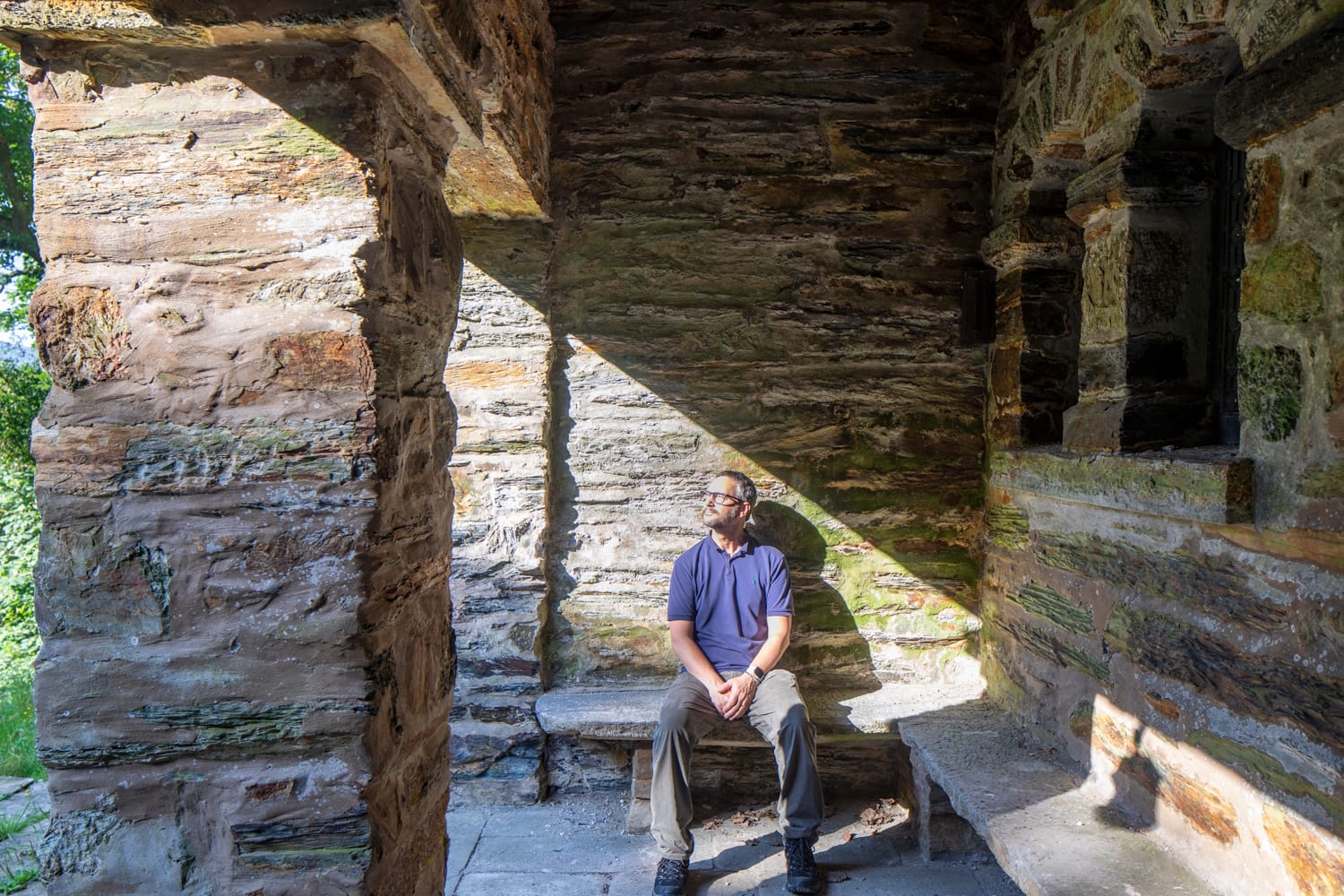
⚡️ View the latest digest and the full archive here.
📐 My Goals ℹ️ Donations Page & Status 📸 MPP Status 🛍️Shop

This Digest is free to subscribers and is powered by 145 Members
15 more members will enable another free photo shoot
Help Support Member Powered Photography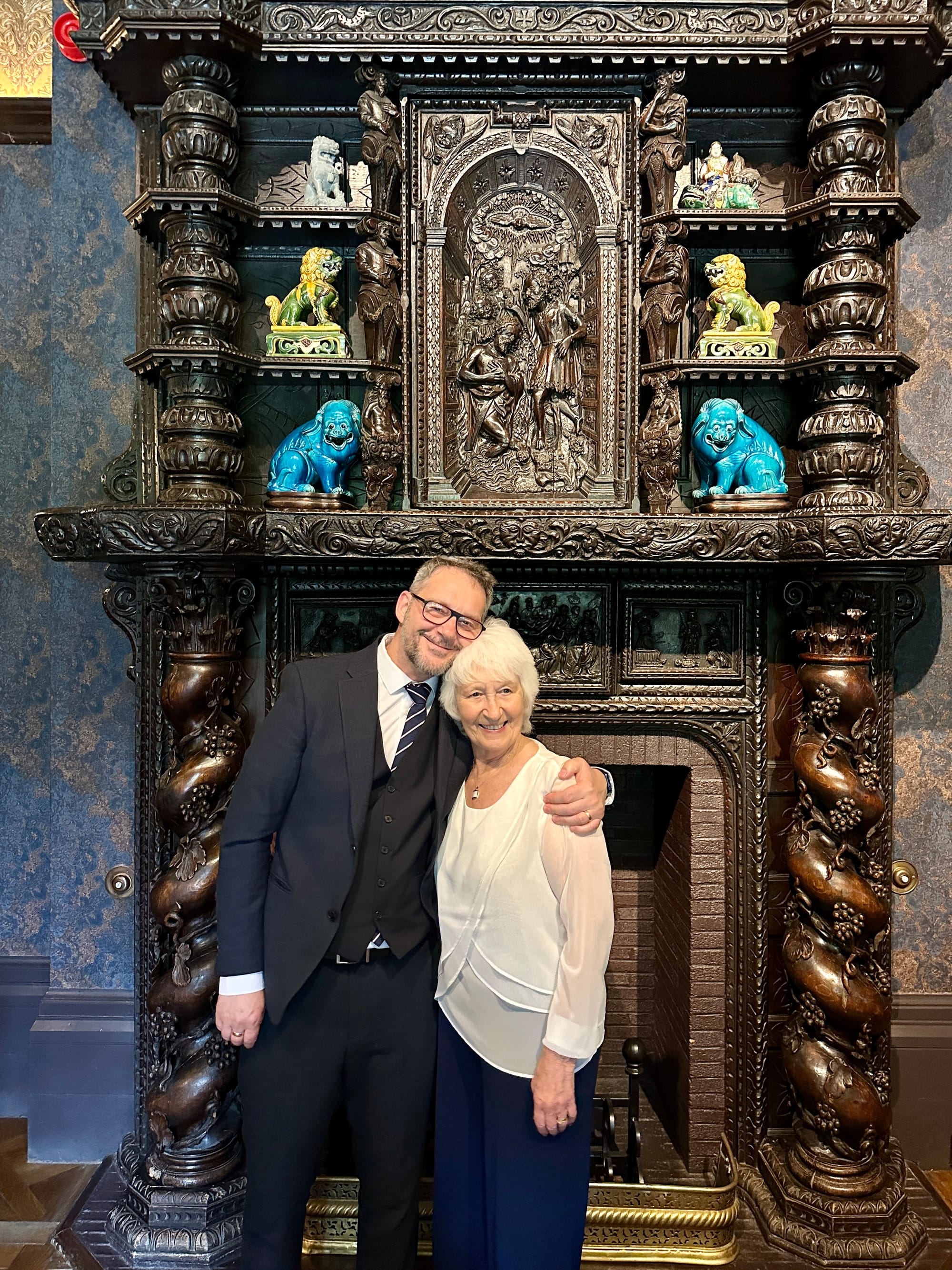
Happy 80th Birthday Mum! 🎉
Today is mum’s birthday. Mum is my biggest Digest fan. Every Friday she reads it first thing and then sends me a lovely text as to what she's discovered.
Marie Curie:
“Be less curious about people and more curious about ideas.”
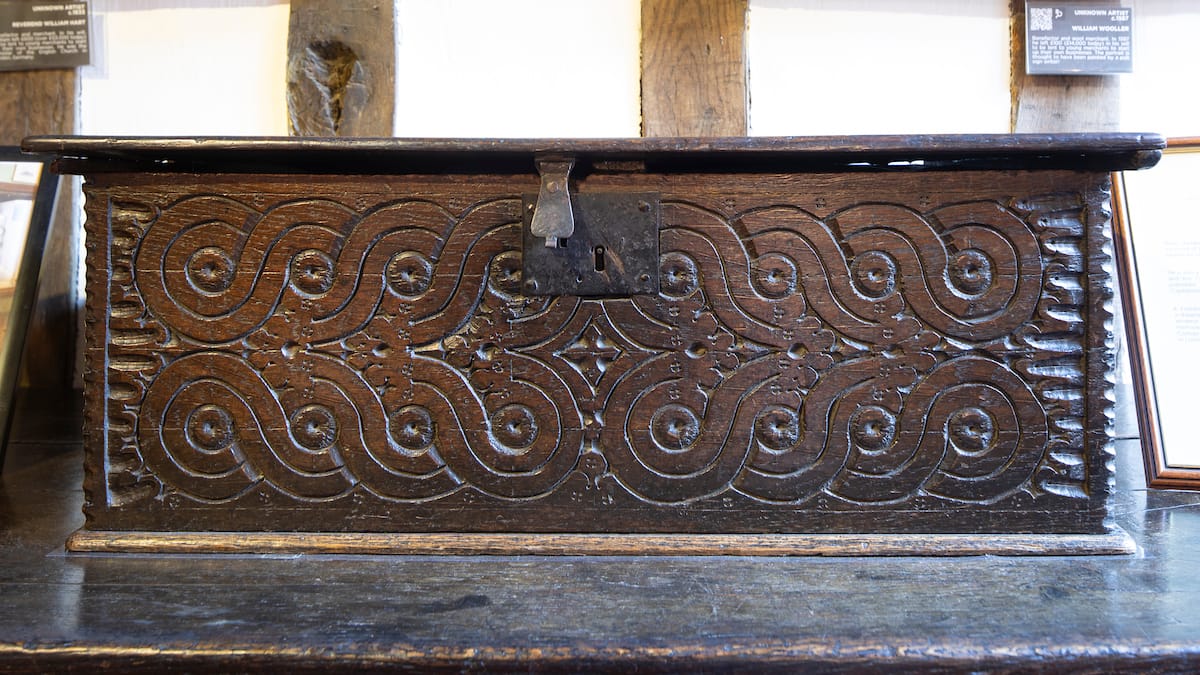
I’m at the Merchant Adventurers’ Hall, standing in front of a small chest adorned with a scrolling pattern. It feels like the work of a young person—there’s a freshness and naivety in its design. The undercutting is made with a touch of uncertainty, as though the carpenter, unsure of where the chisel might lead, was feeling their way through the wood.
I find myself in a similar place with my artwork, but swap the carpenter's chisel for a brush. I’ve recently taken up watercolour as a new medium, struggling to tame its unpredictable nature.
When I completed my first outdoor piece in watercolour, I was horrified—I couldn’t bring myself to look at it for a long time. The outcome was far from what I envisioned at the start.
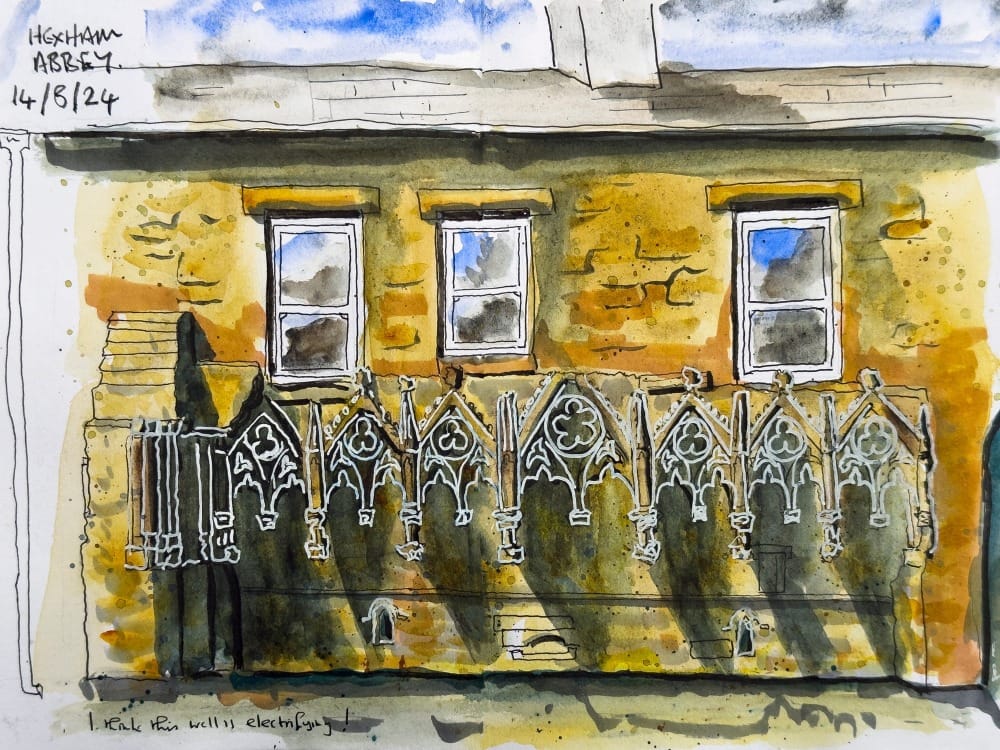
There’s a passage in Bayles and Orland’s Art and Fear that made me reconsider my initial reaction:
"Vision is always ahead of execution—and it should be. Vision, uncertainty, and knowledge of materials are inevitabilities that all artists must acknowledge and learn from: vision is always ahead of execution, knowledge of materials is your contact with reality, and uncertainty is a virtue."
And that is why I’m drawn to this little chest at the Merchant Adventurers’ Hall—the virtue of uncertainty, the childlike naivety, the joy of expression, no matter what the outcome.
I spend a few more minutes within the room and the light starts to creep in through the adjoining window.
I step back and the whole room is alive with pattern.
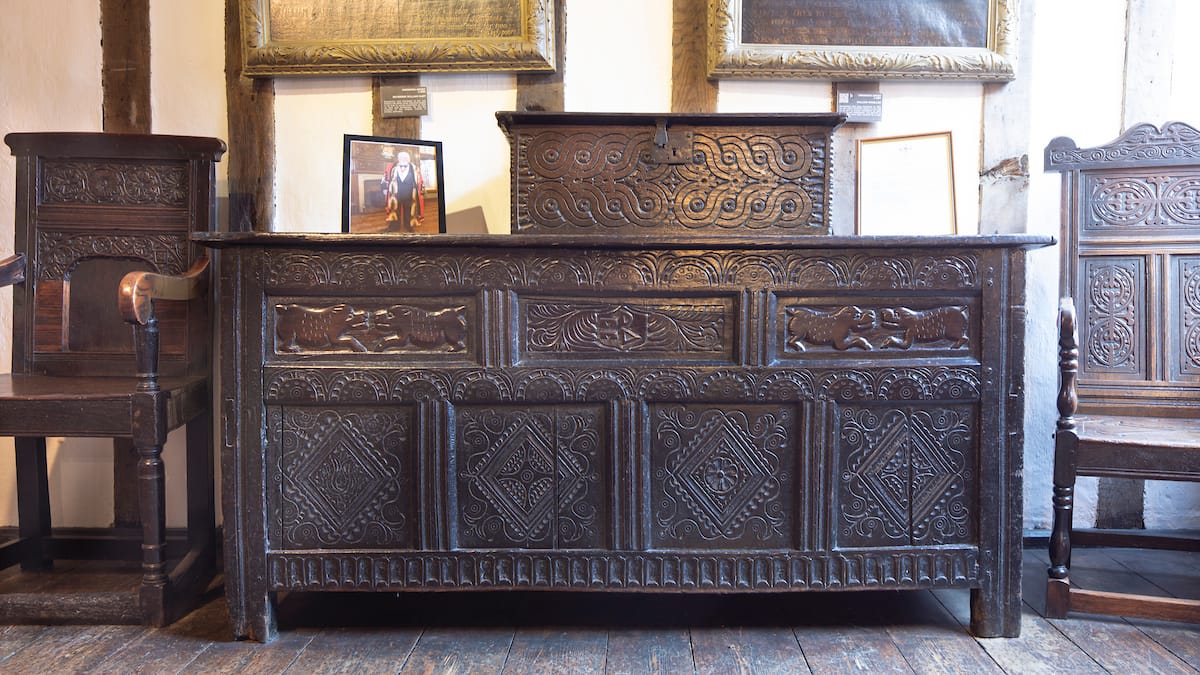
When I look back at the chest, I start to see the deeper rhythm within the piece. The pattern is typical of the Jacobean era—a time when these parts began to awaken to outside influences—a renaissance of ideas and thought. While the Italian Renaissance was like a bright leap out of bed at first light, the English Renaissance was more like a groggy teenager stumbling into the day. Our reawakening to the ancient world often came through pattern books brought back by European travellers and explorers. One such book was by a Dutchman named Vredeman de Vries.
The pattern on the chest, known as guilloche, has ancient origins, beginning in Mesopotamia (parts of modern day Iraq, Syria, Iran, Kuwait and Turkey) and Egypt, evolving through the artistic lens of the ancient Greeks, and later embraced by the Romans before being revived through Renaissance pattern books.
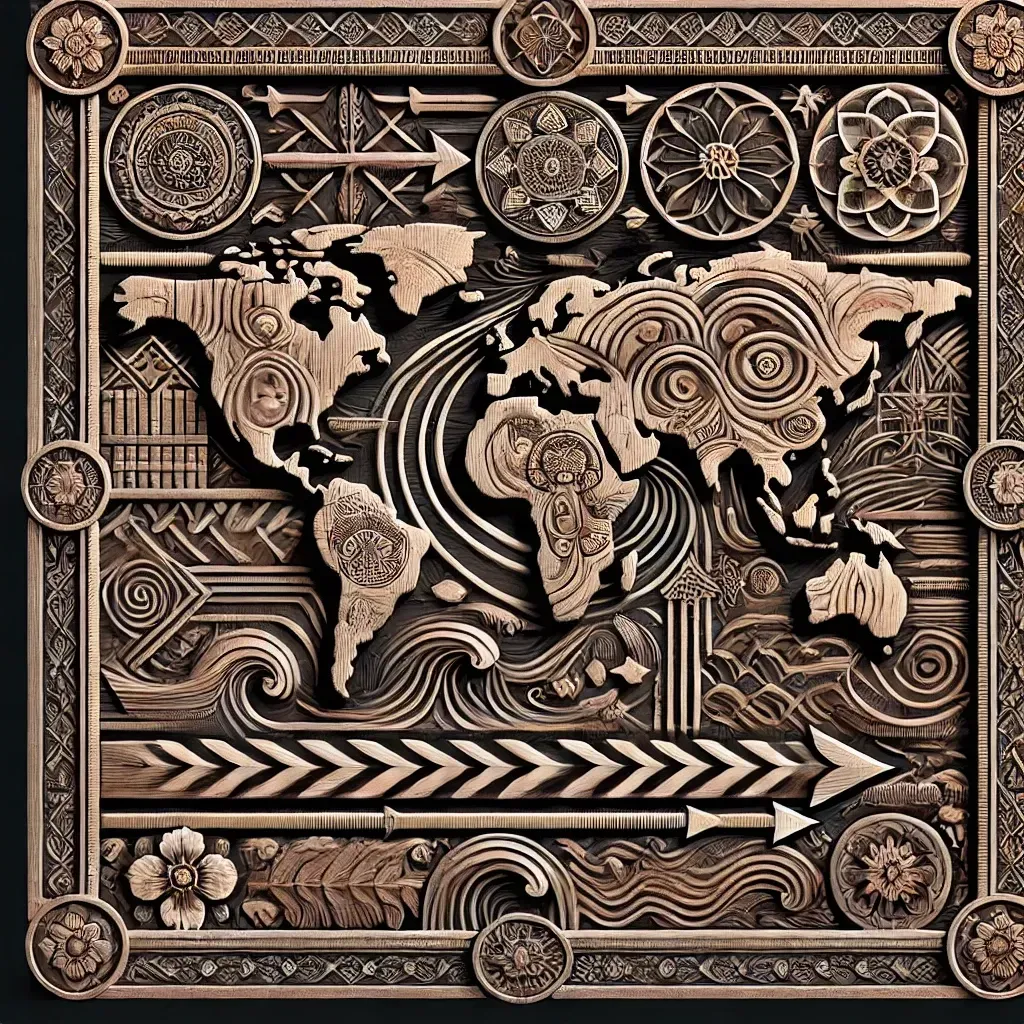
I spend a moment longer with the pattern and feel the curves and indentations with my fingers, as the maker would have done. I can sense De Vries and the Renaissance within it and feel a connection with the wider world —captured by the hand of a young spirit, eager to embrace the latest fashion.
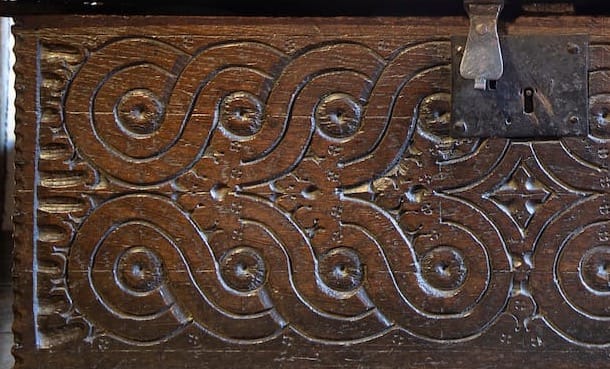
It’s remarkable how, when we take the time to look closely, we can perceive the spirit or zeitgeist behind an object. For me, it feels like time travel—an opening into the mind of the artist who crafted it.
Within the deft undercutting of this small chest at the Merchant Adventurers’ Hall, there is a thread of hope. The artisan who made it, without prejudice, created a pattern rooted across time and borders, connecting Europe, the Middle East, and beyond. It was an act driven by a willingness to explore new ideas despite uncertainty. Underlying it all is a boundless curiosity—a super-trait that lies at the core of our shared humanity, a trait that guides us through the unknown and helps us bridge the differences between us.
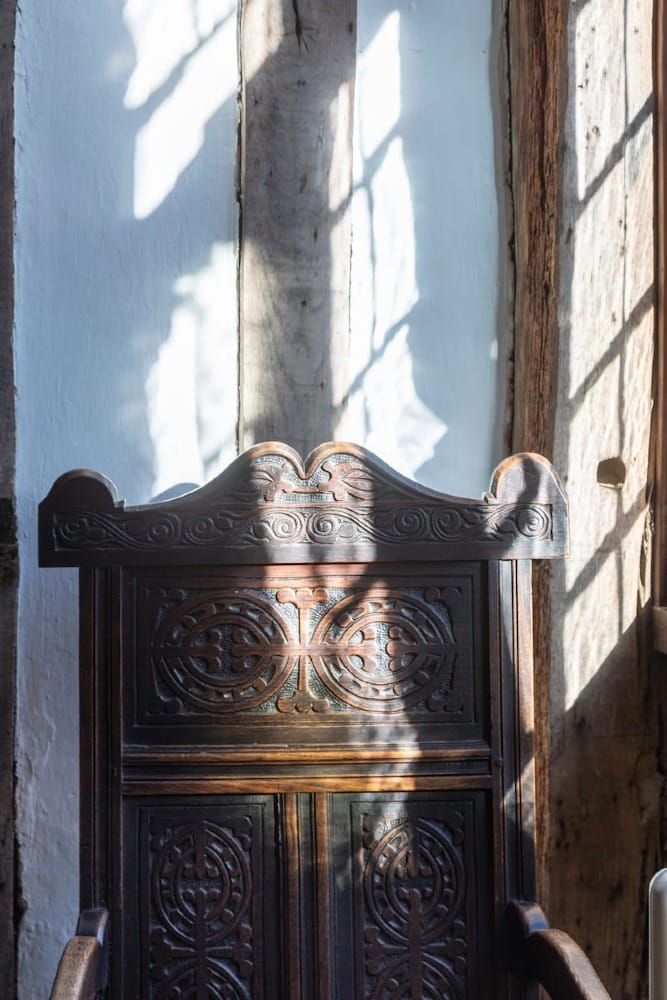
Members can access a small video reel I made of the Merchant Adventurers' Hall here:
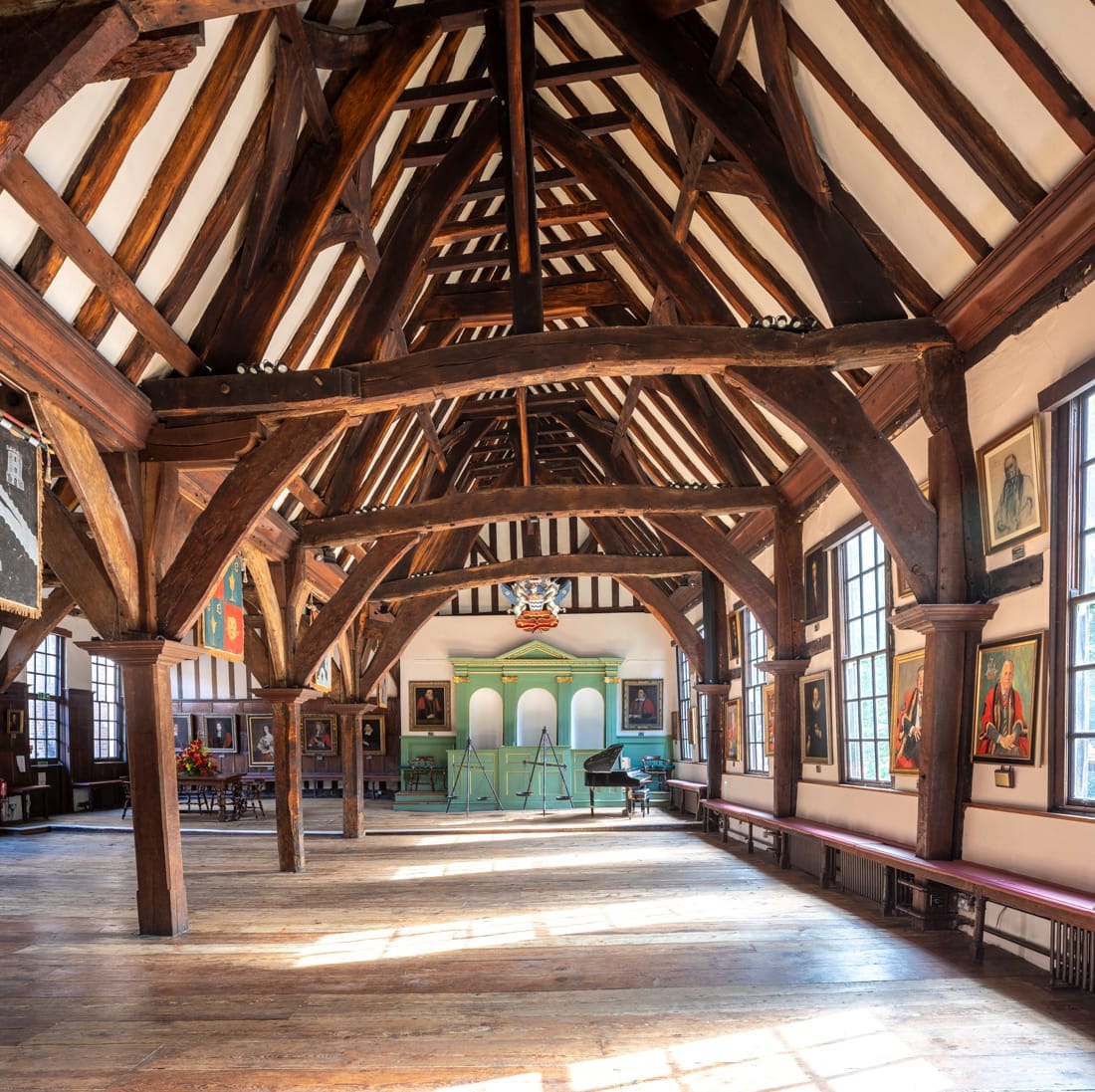
I put my heart and soul into the Genius Loci Digest and it takes a day a week to produce. With your support, I’m able to keep this digest free and public facing. 📸🏛🚐
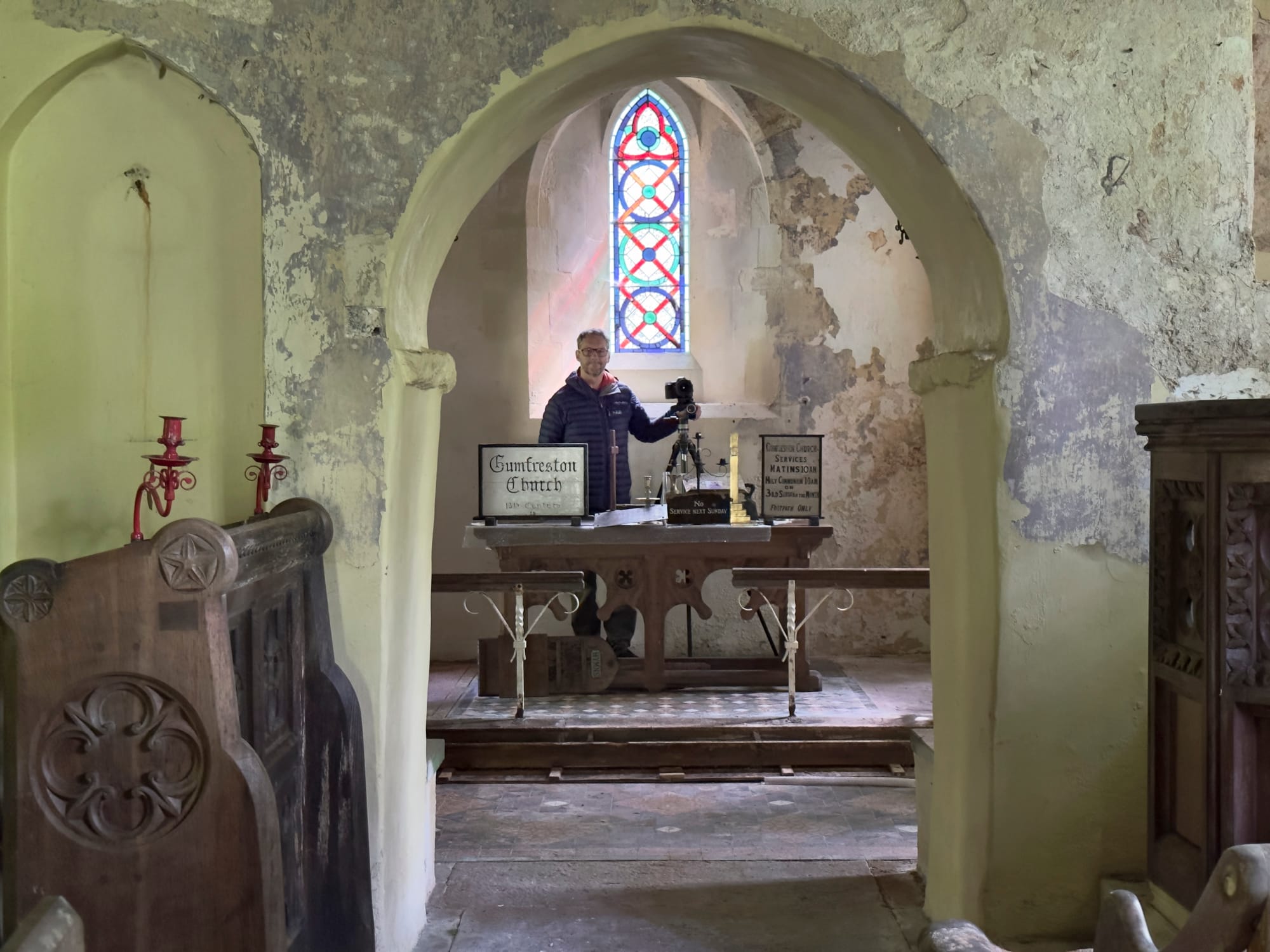
The Jacobean (and Elizabethan).

It's ironic to think that many of our most English of stately homes were built under the reign of a Scotsman and influenced by the hand of (amongst others) a Dutchman.
You'll find it in the most innocuous places from the 16th and early 17th centuries, like here at the tomb of William Cecil at St. Martin's, Stamford.
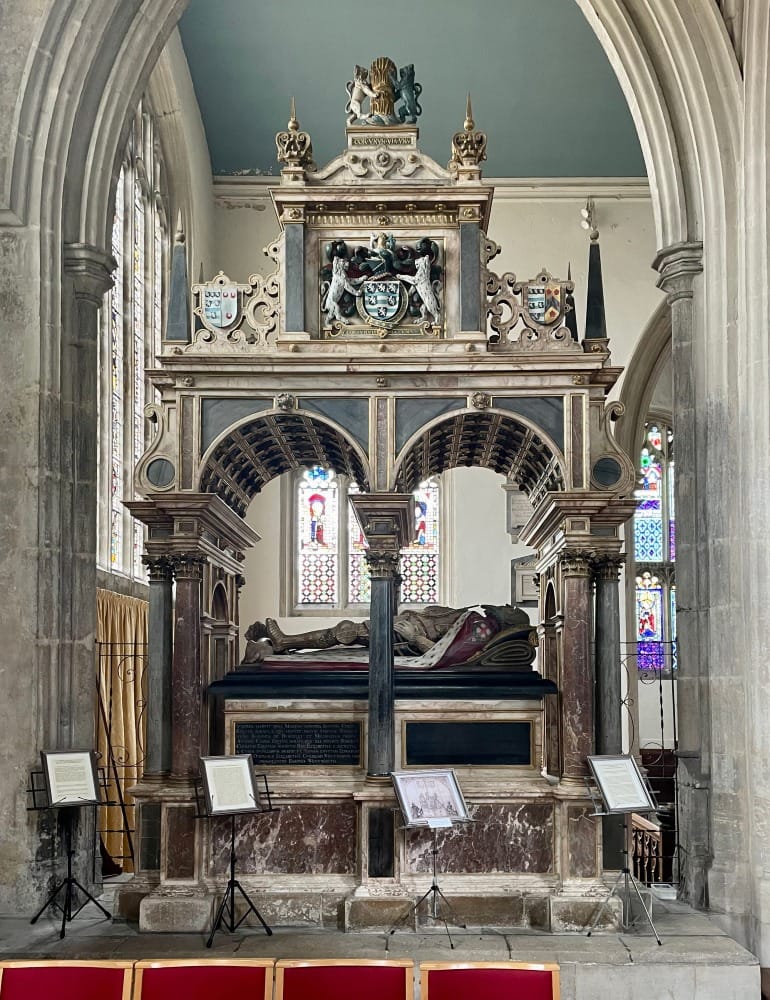
Or in this doorway at Winchcombe, Gloucestershire.
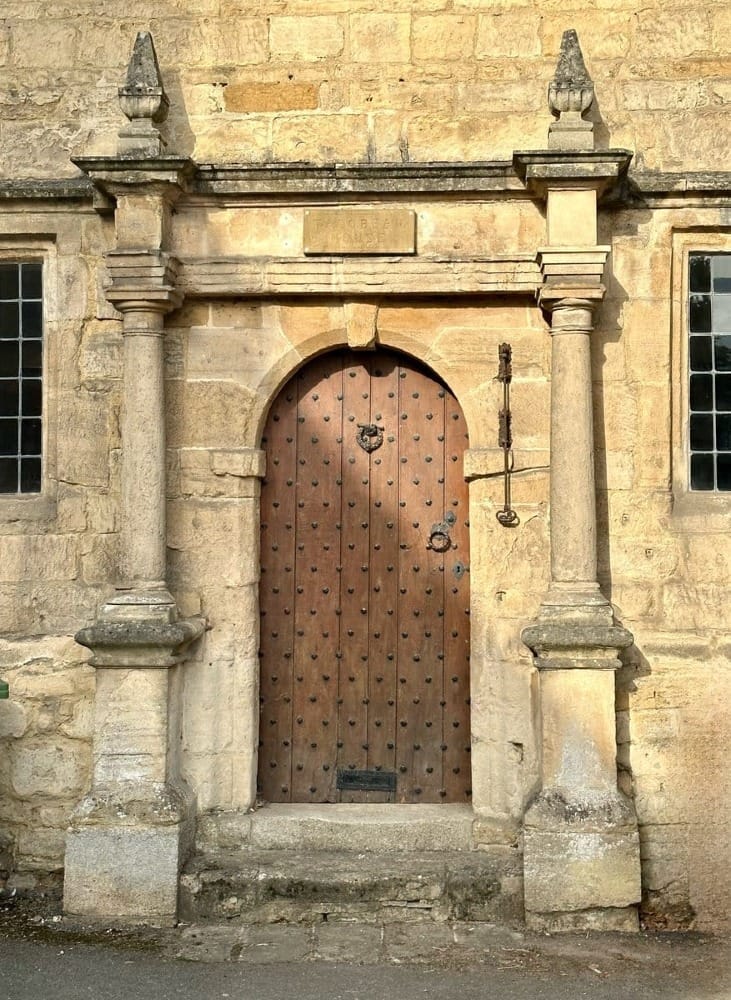
Jacobean work is often infused with scrolling patterns like here from the Red Lodge Museum at Bristol:
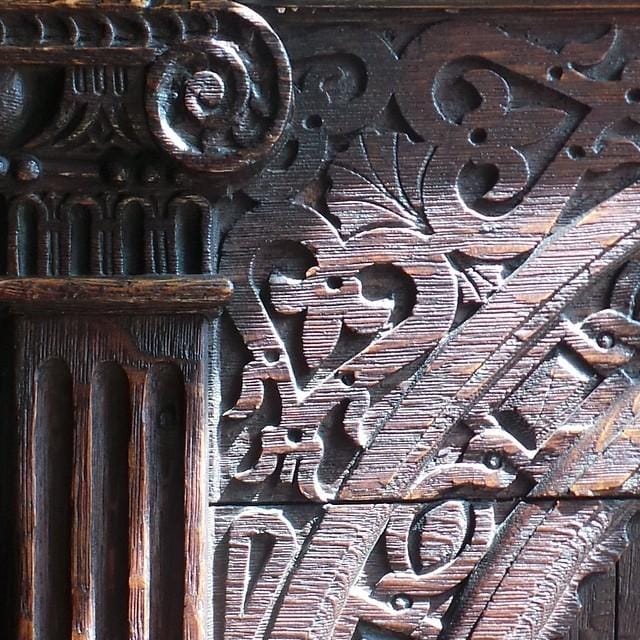
One feature of this period and style are the figurines - often with bawdy contexts (and either no legs, or cloven feet). Some are thought to be influenced by the caryatids from the Erectheion in Greece.
Here are some on St. Ann Street in Salisbury, Wiltshire:
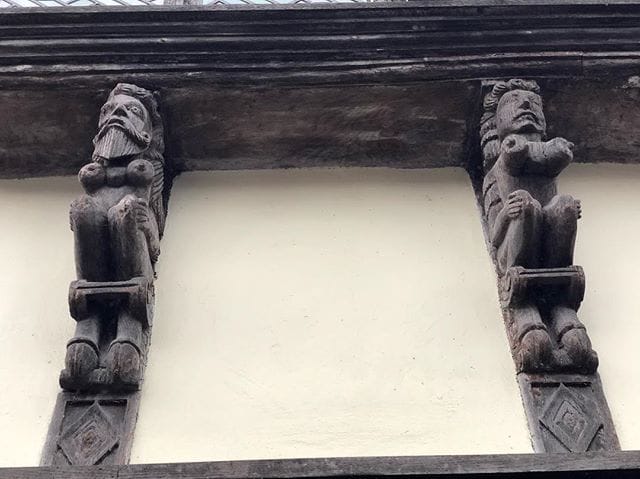
Here are some from St. Kenelm's in Sapperton, Gloucestershire. They were originally from the banqueting hall of Sapperton Manor House - demolished in the C18th.
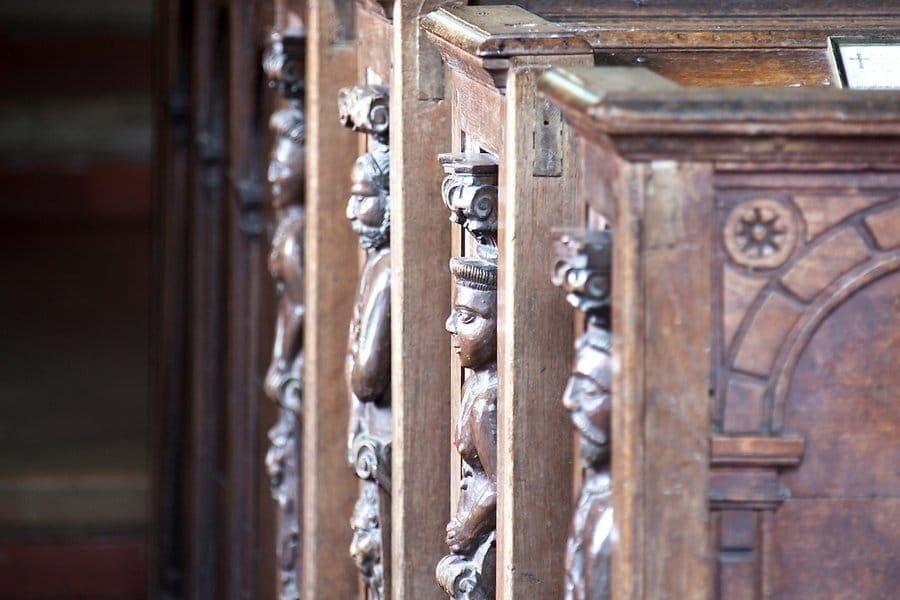
And there are faces - lots of faces - like here at St. John's, Leeds.
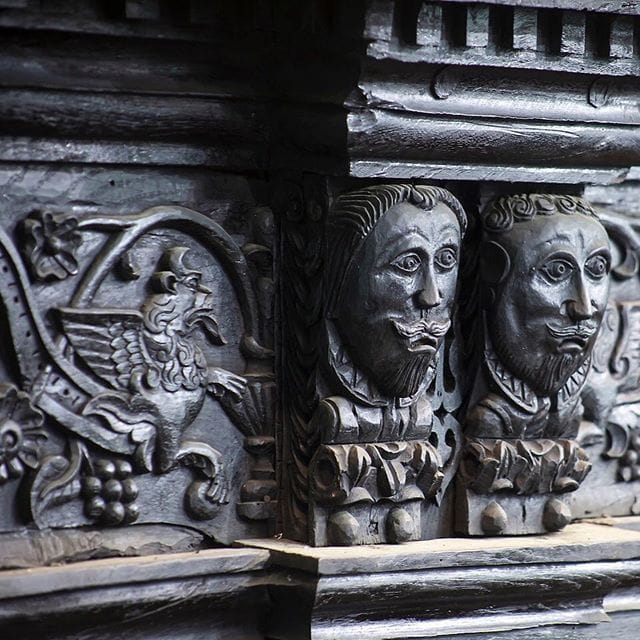
The gruesome seems to be a theme too, like here at Hopwood Hall, Middleton, Greater Manchester:
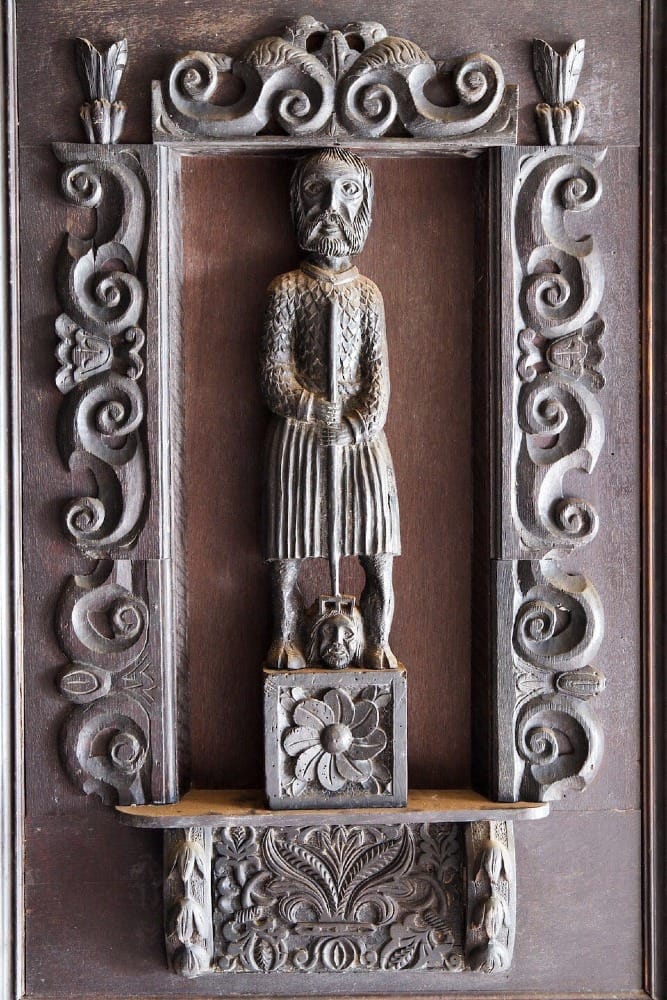
As we moved on into the C17th the style started to lose the trappings of the grotesque and began to become more formalised - though still with a flourish like the curtilage at Stanway House in Gloucestershire.
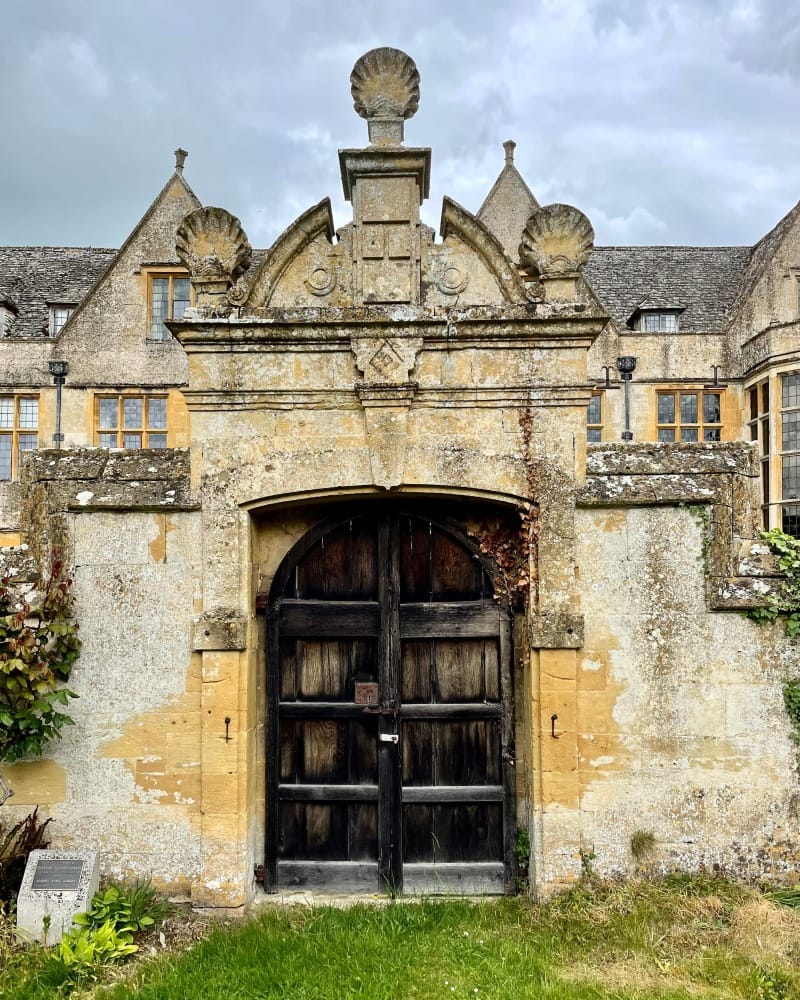
Notice the Dutch influence..
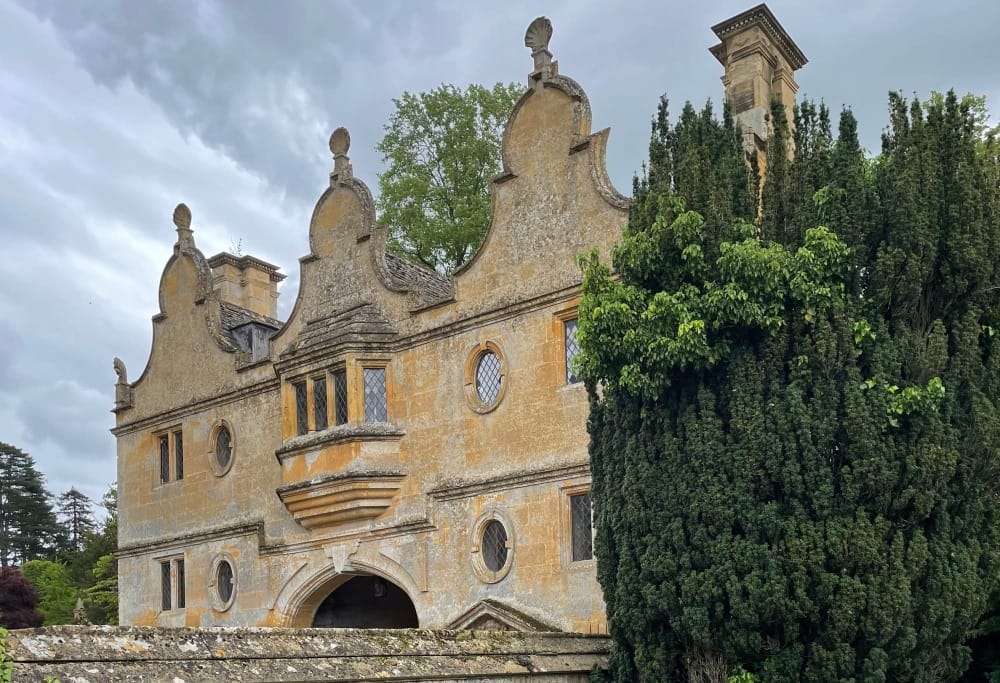
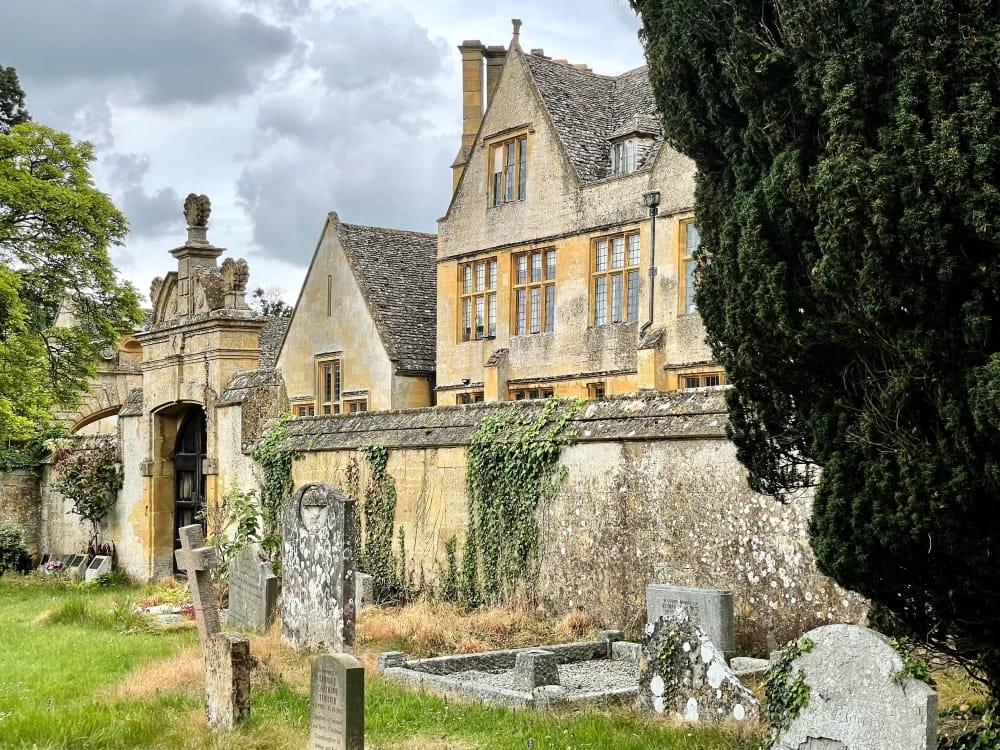
But, perhaps I love it most when the style crashes into the vernacular traditions of a locale.
Like here at Oundle, Northamptonshire:
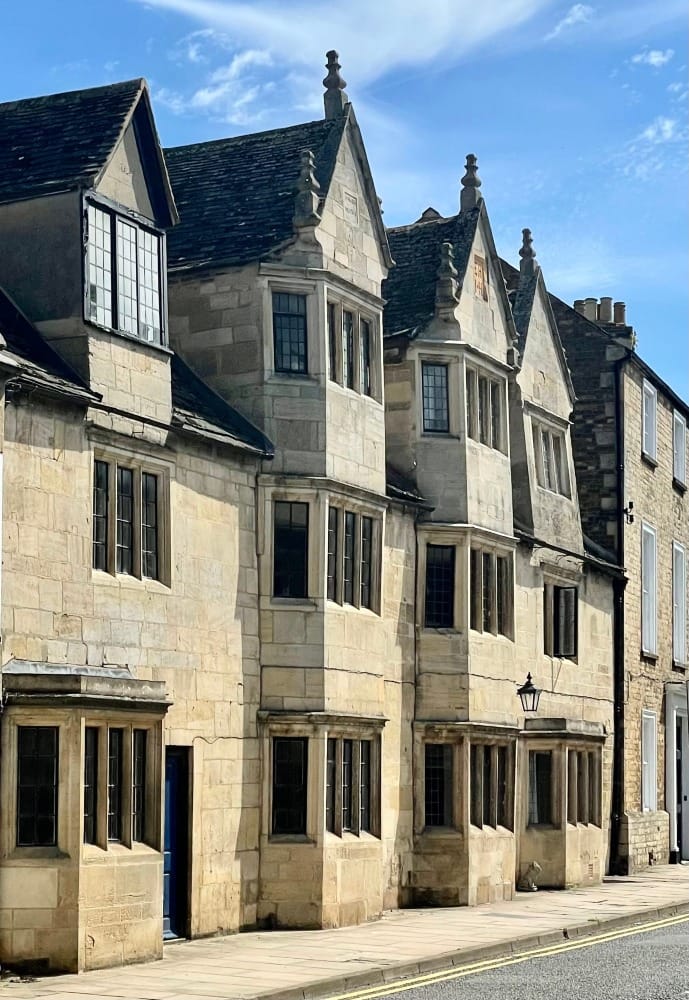
..or here at Hexham:
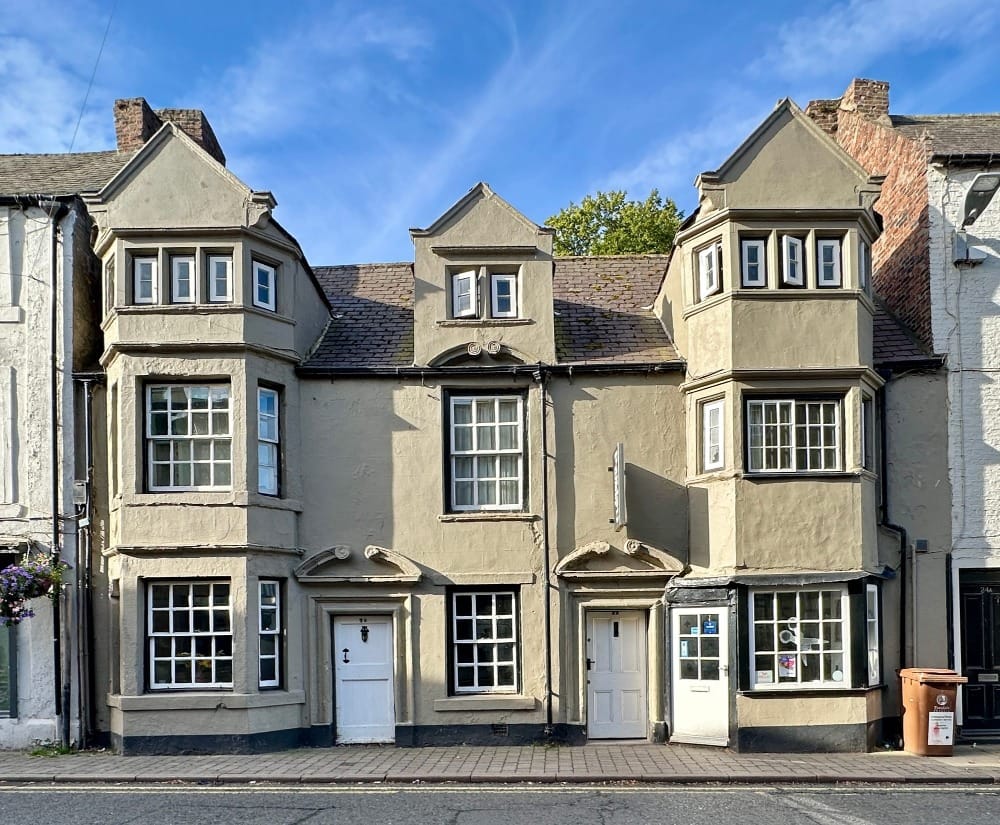
or here at the beautiful bricktastic Bank Hall in Bretherton, Lancashire:
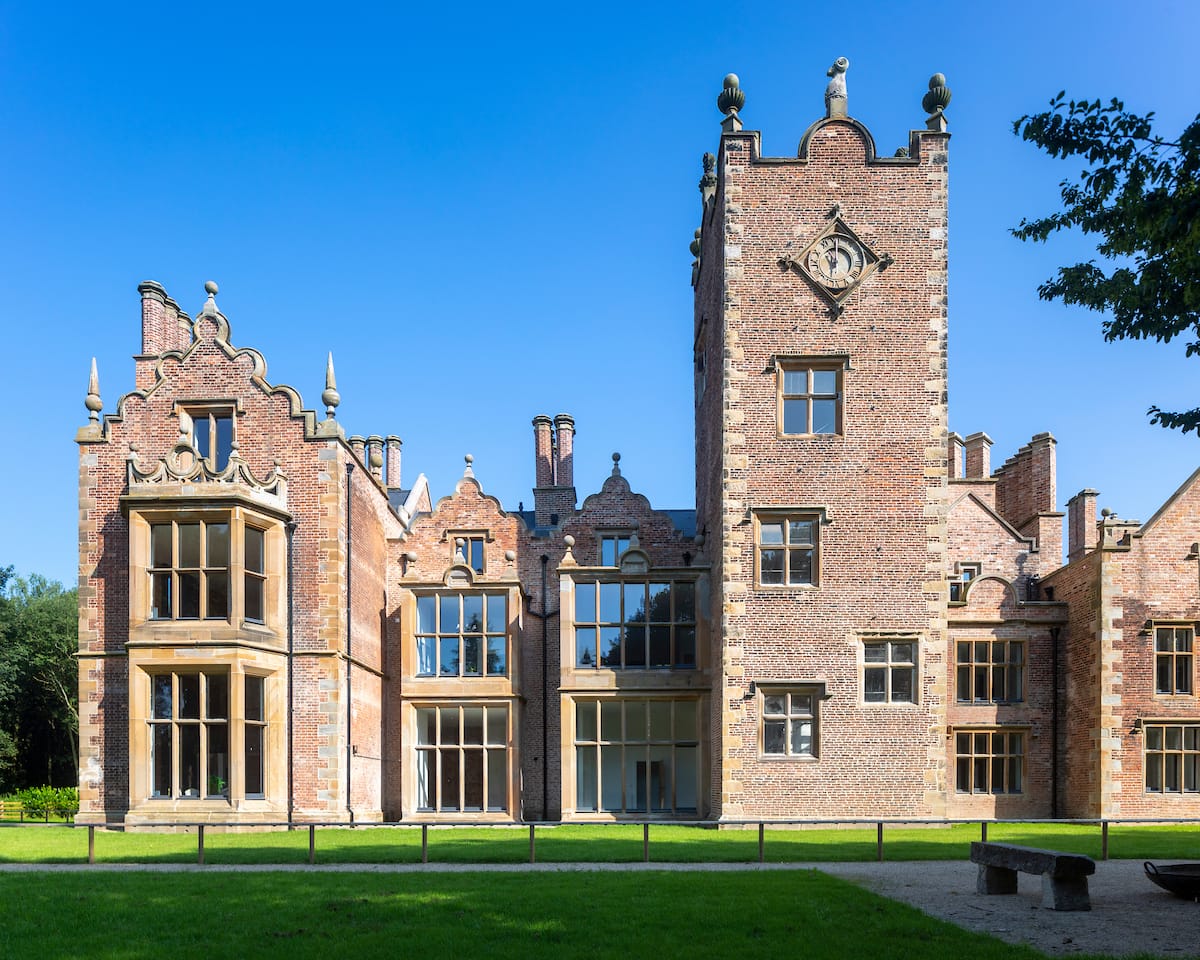
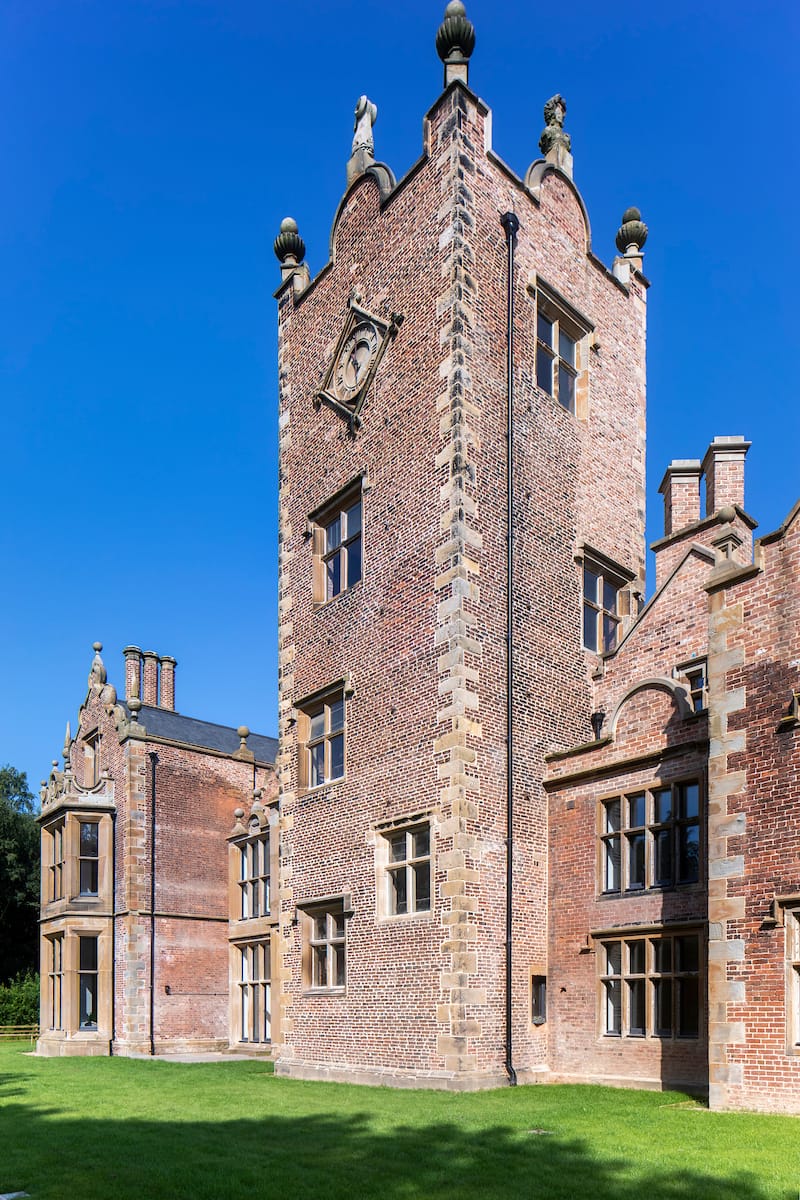
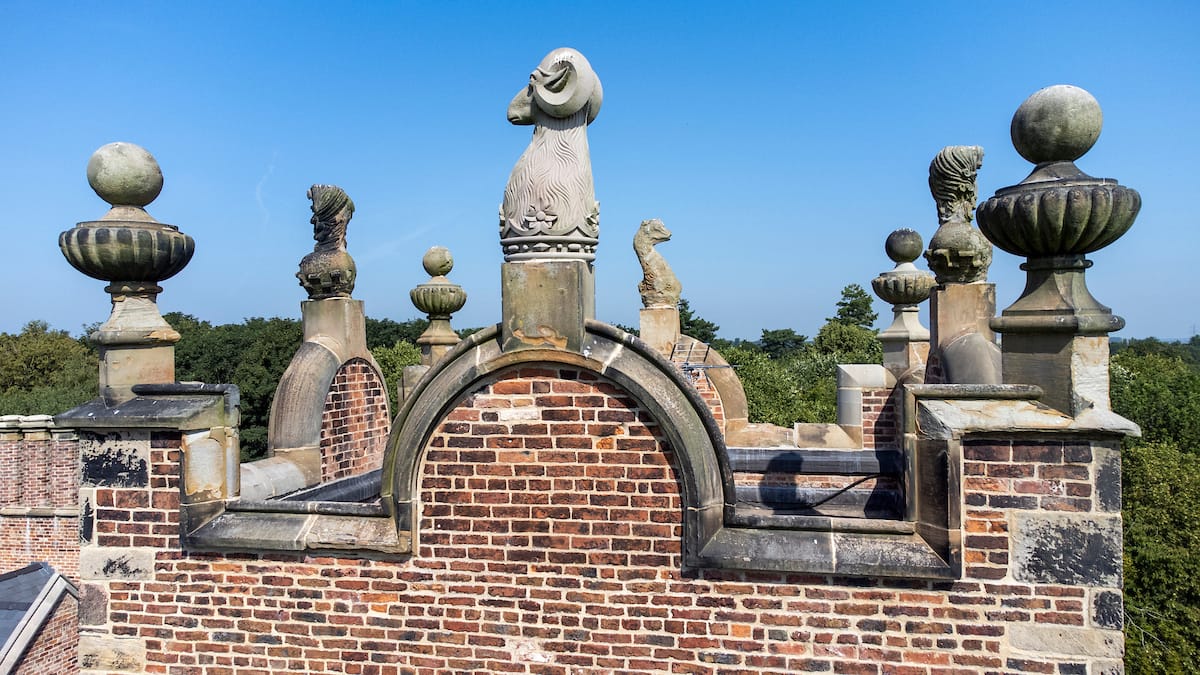
Woody loves Stanway House..

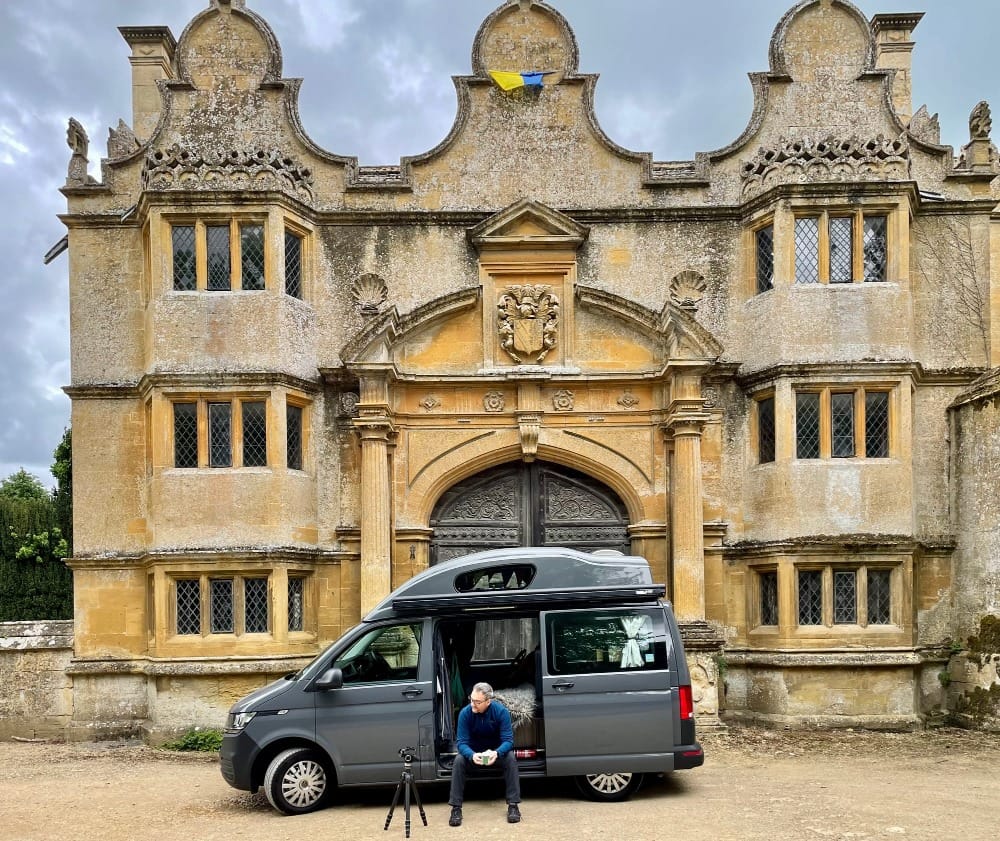
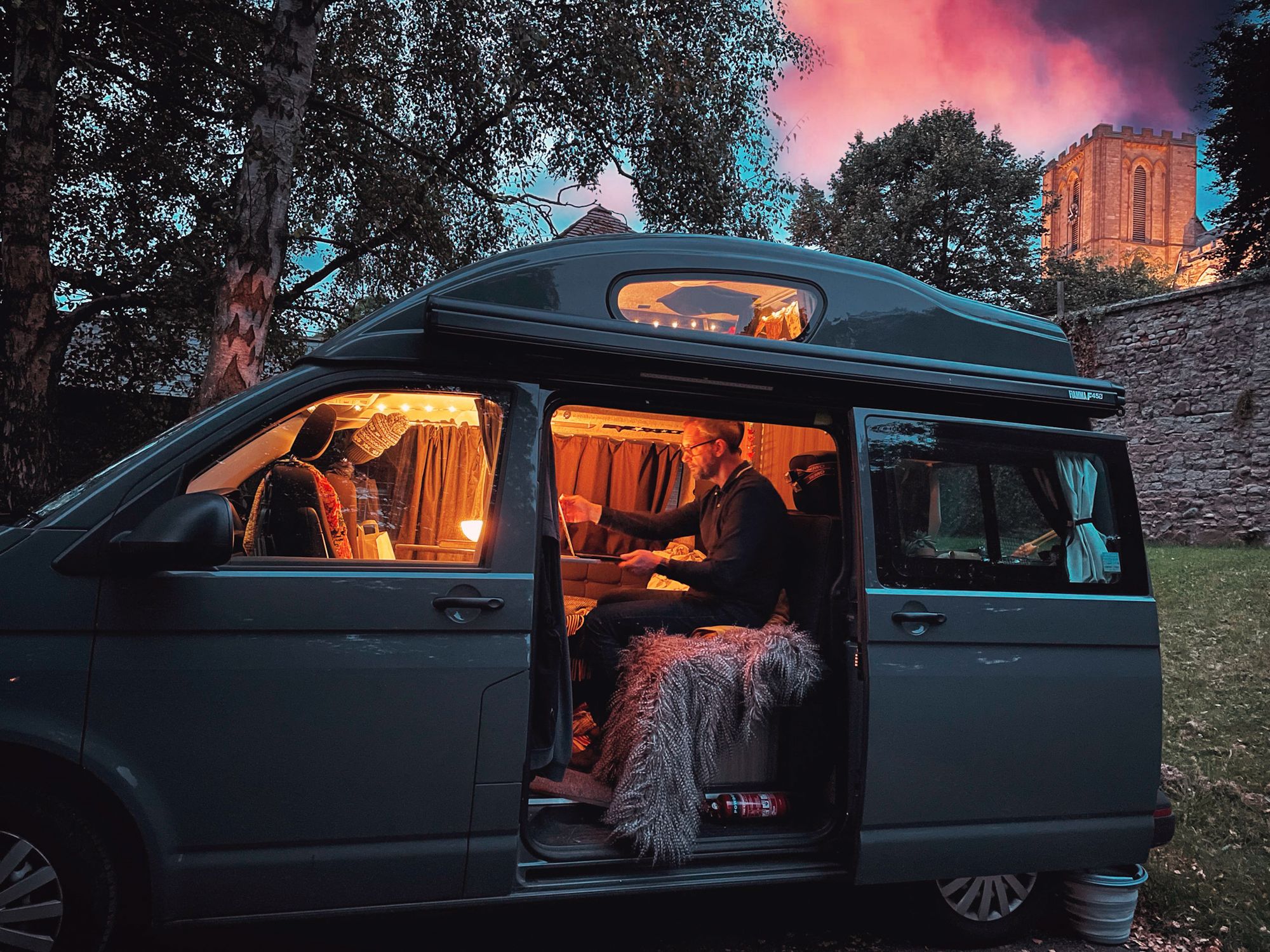
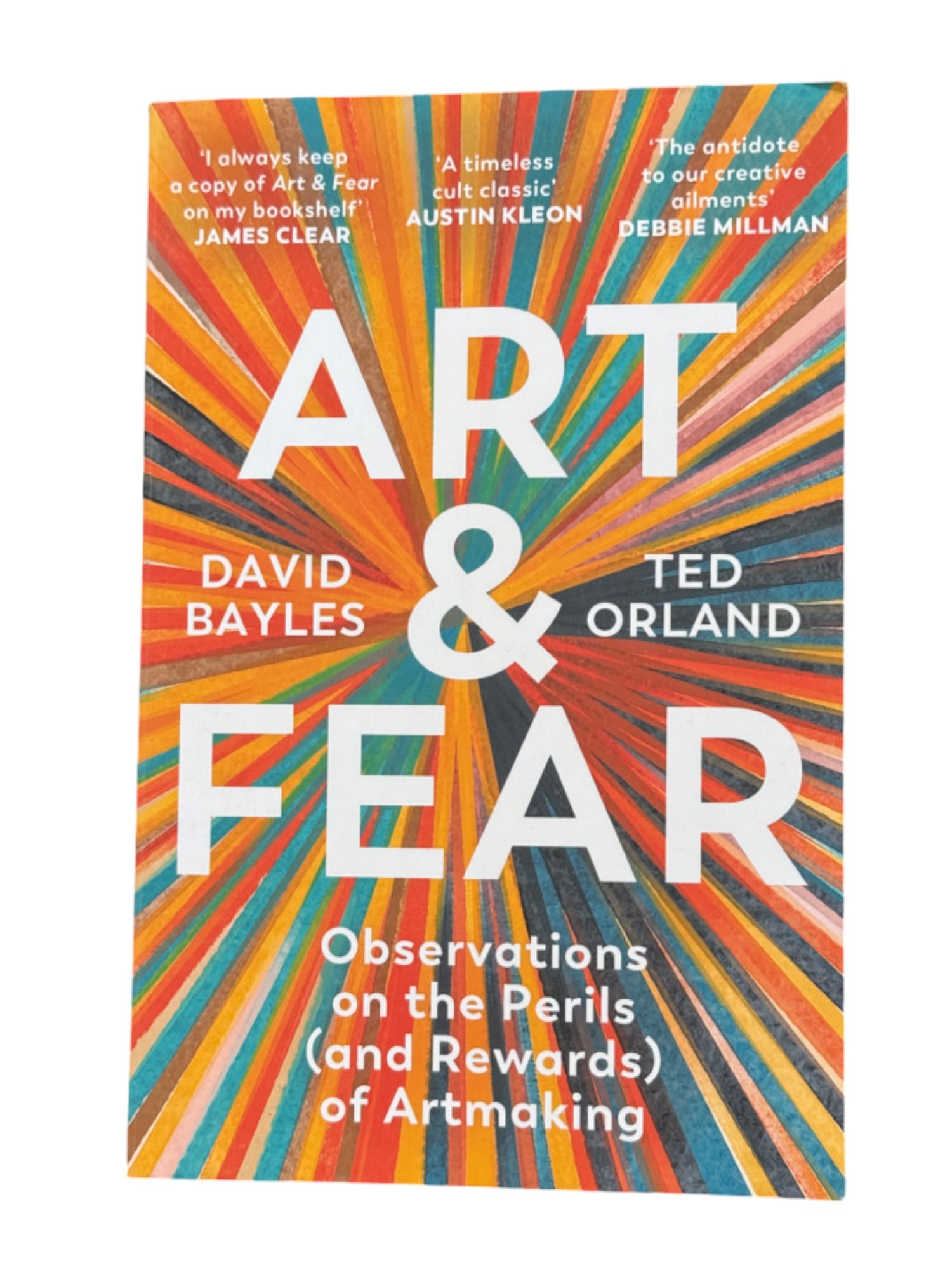
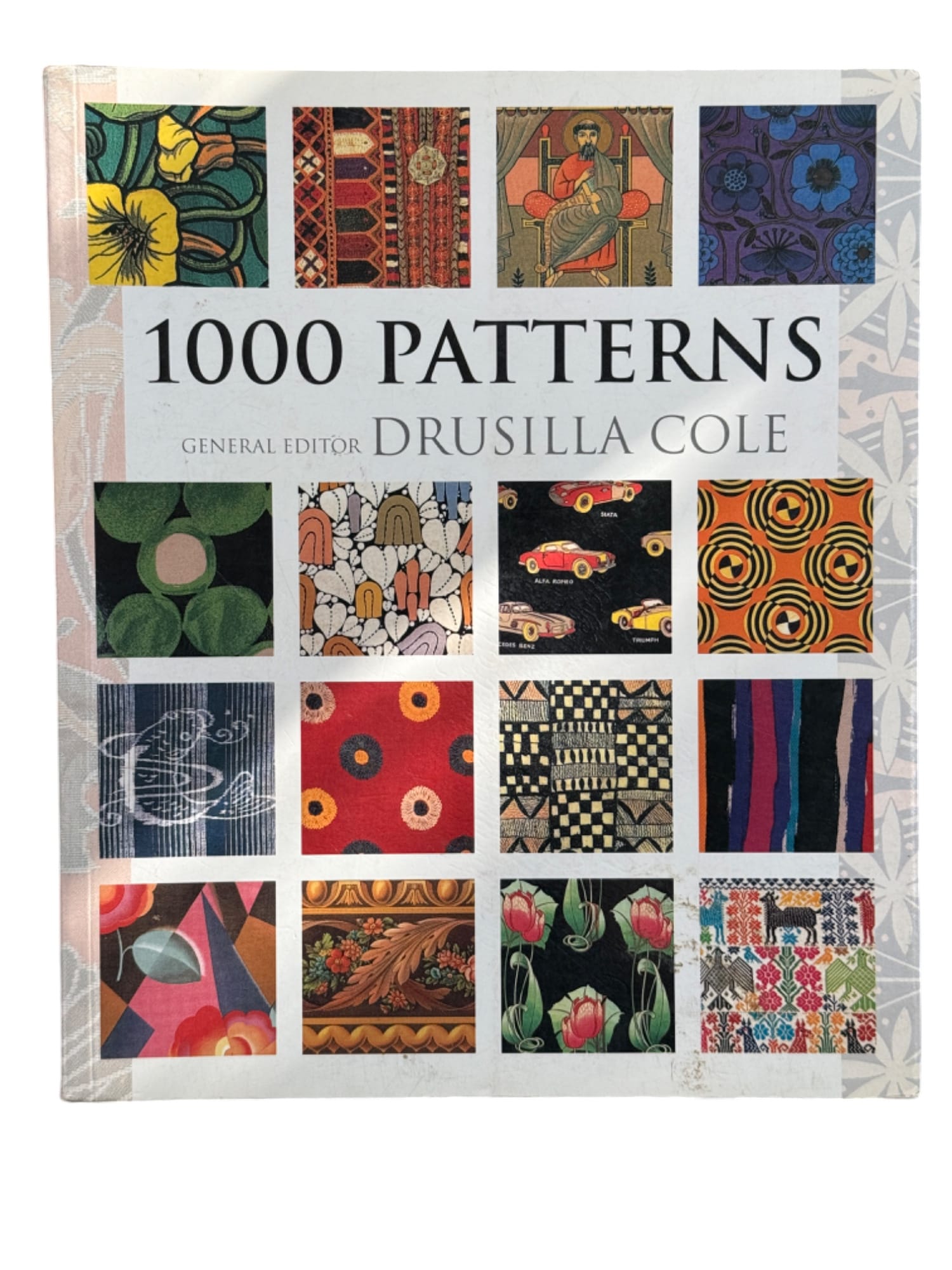
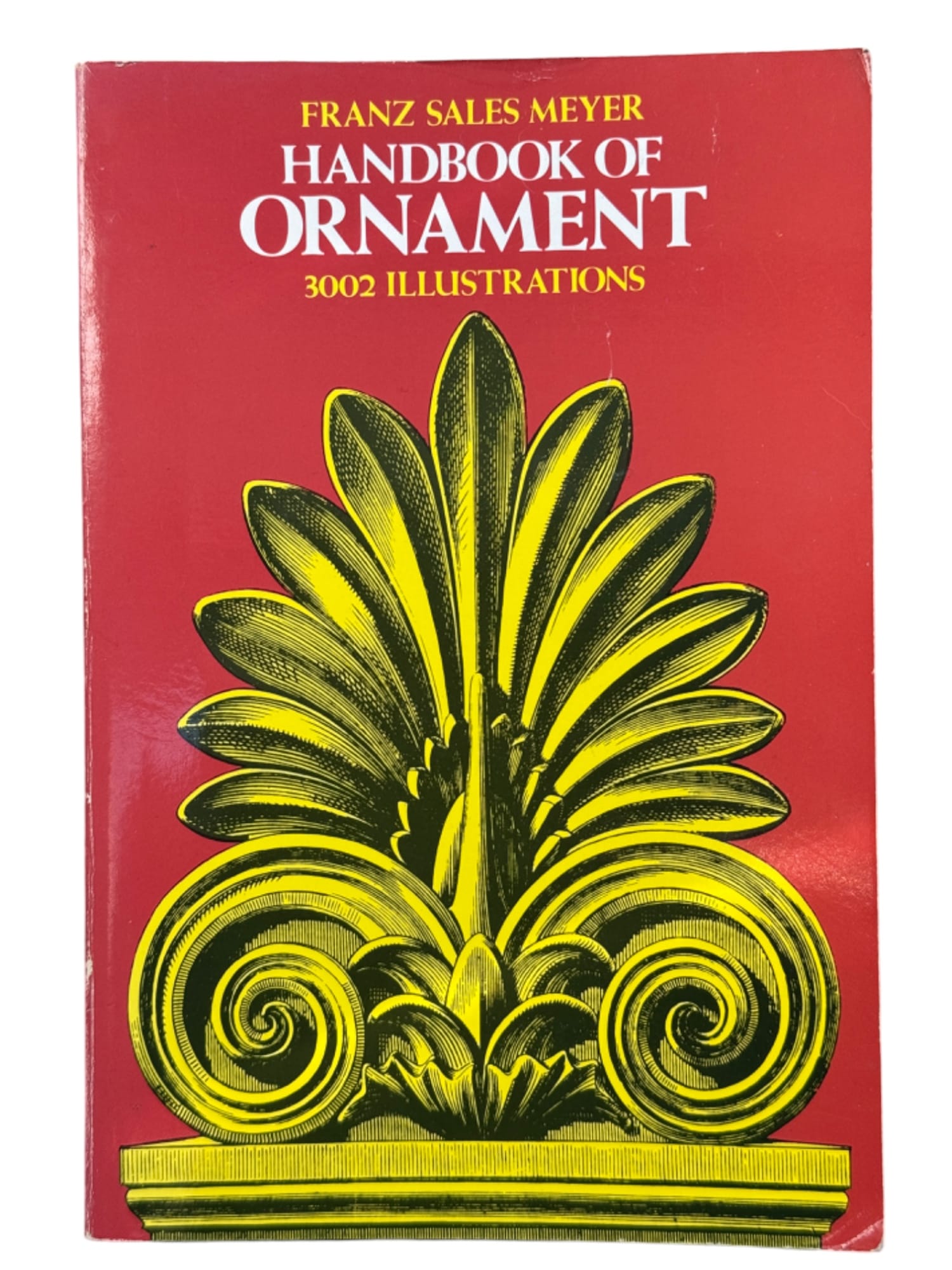
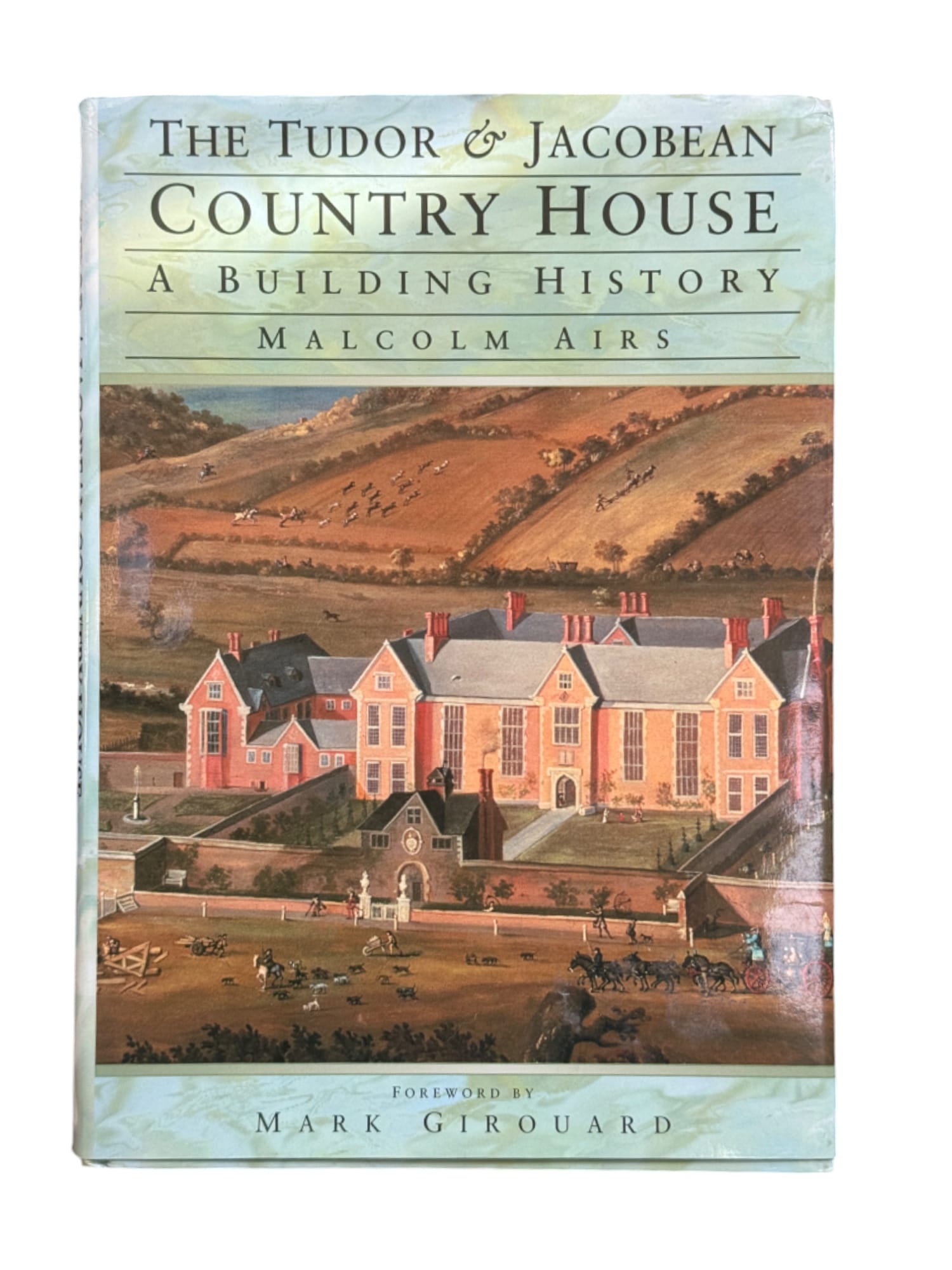
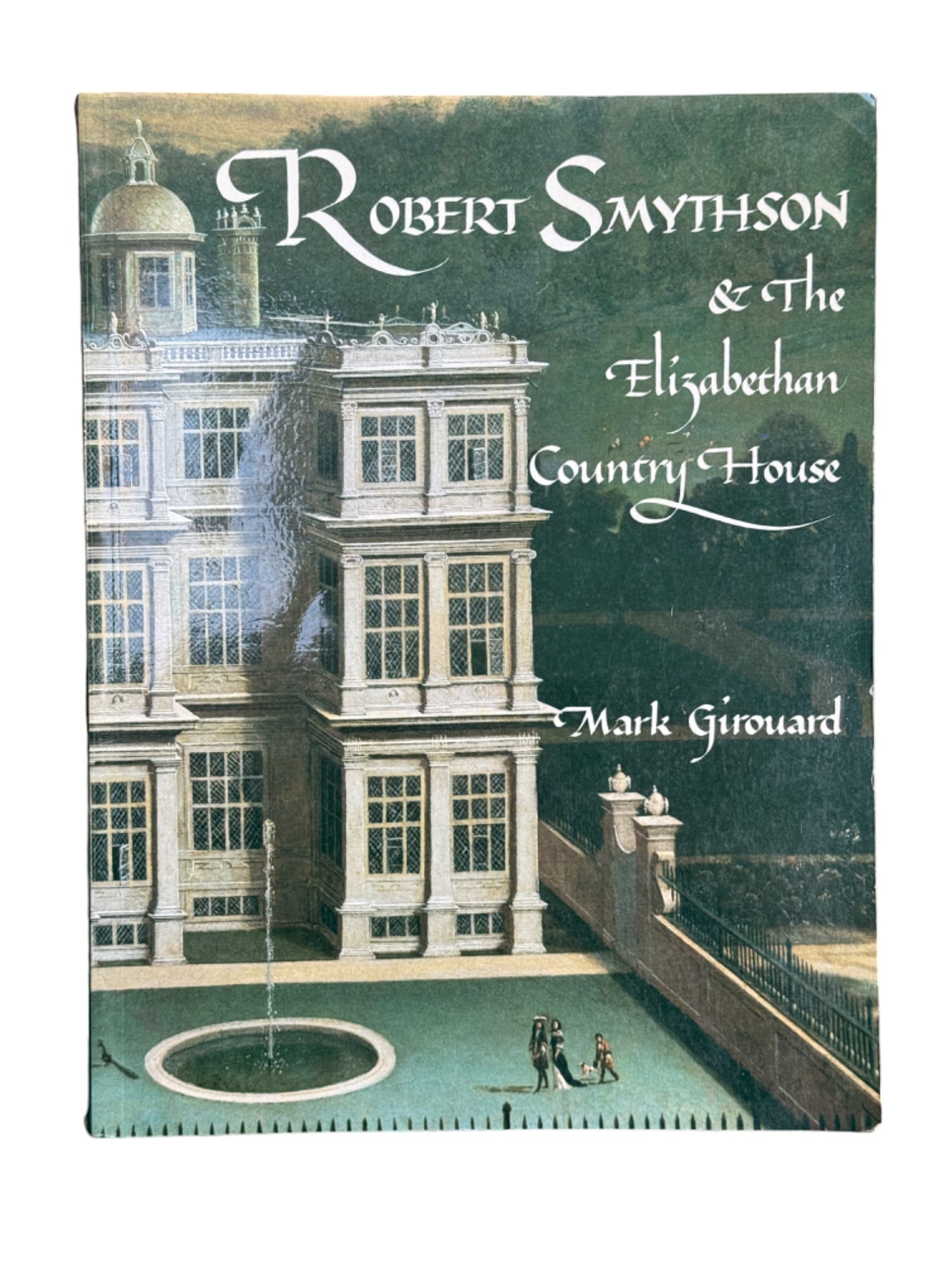
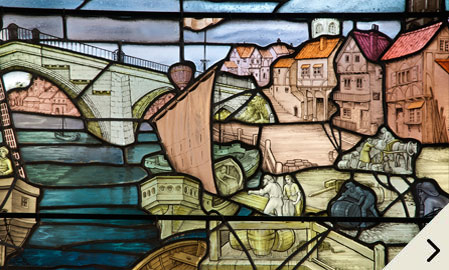
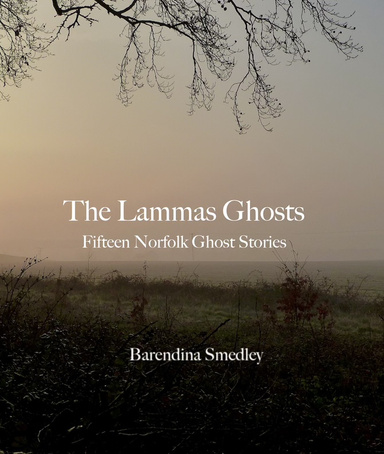

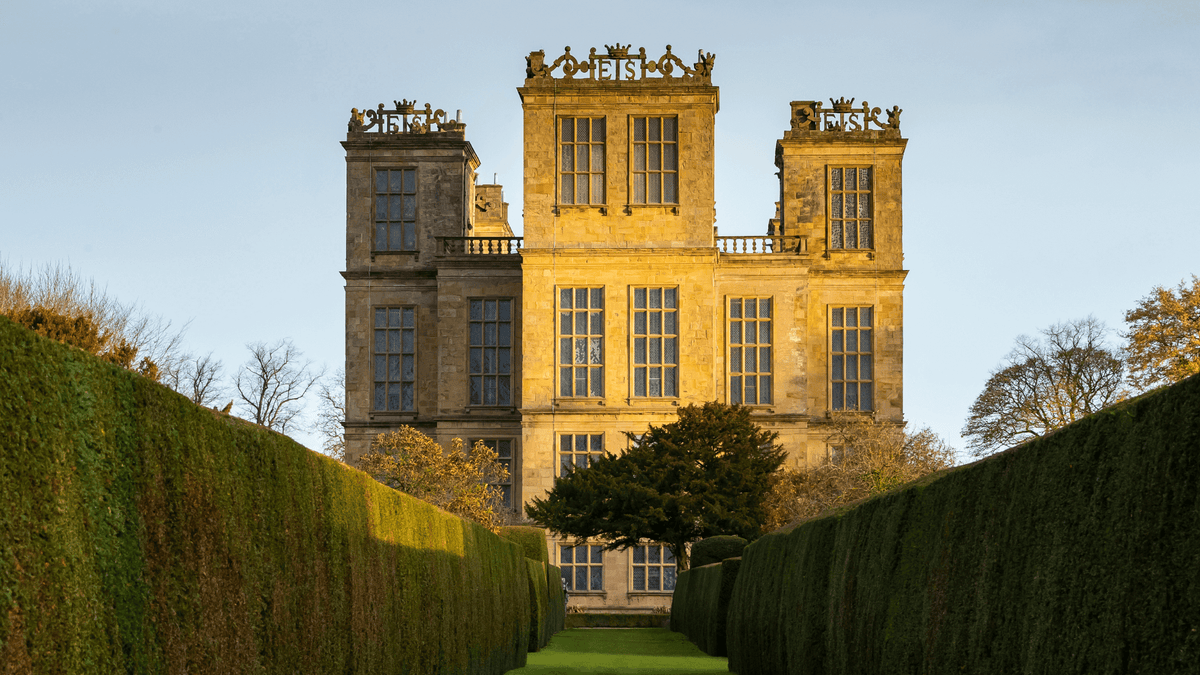
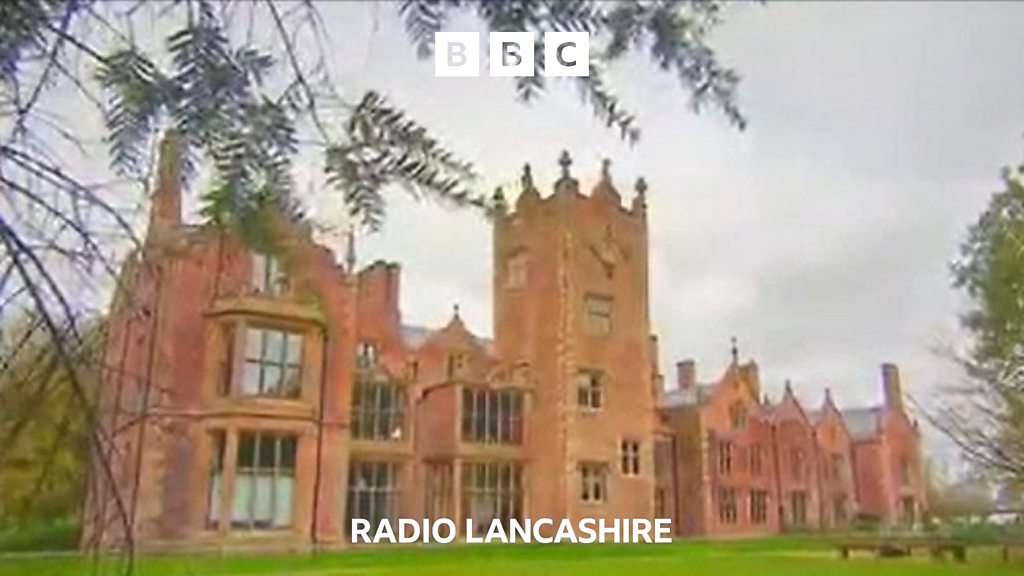
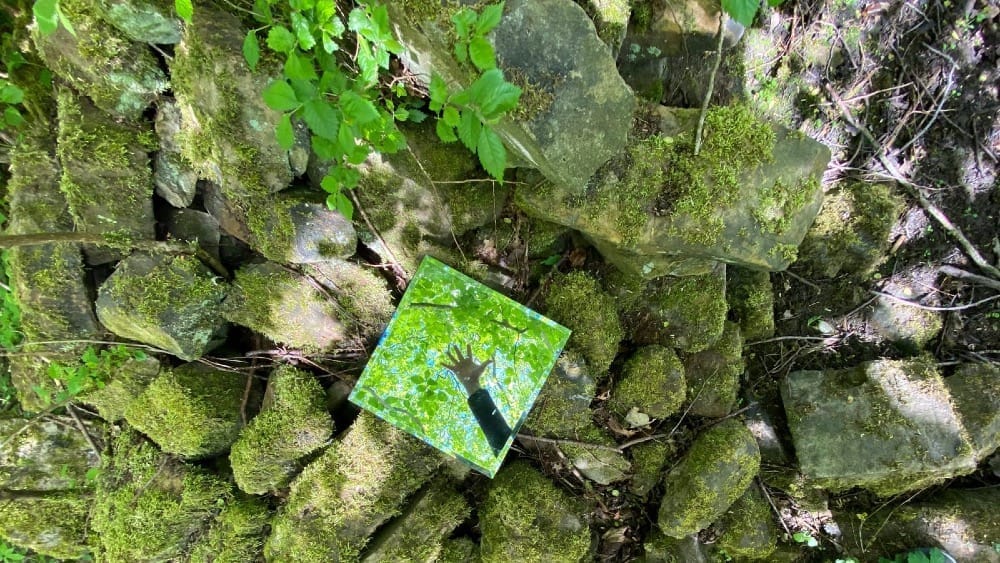
Here, I think of the things that I have come across that can be connected visually: the hybrid gods found in the ancient burial chambers of Egypt and the foliate heads that adorn our cathedrals. Here, I explore my own work as an aggregate attempt at trying to untangle the conflicts that arise inside my head by finding hope in the pattern of buildings, places and humans around me.
VIDEO
There's a growing video section which gives context to everything on the Digest here:
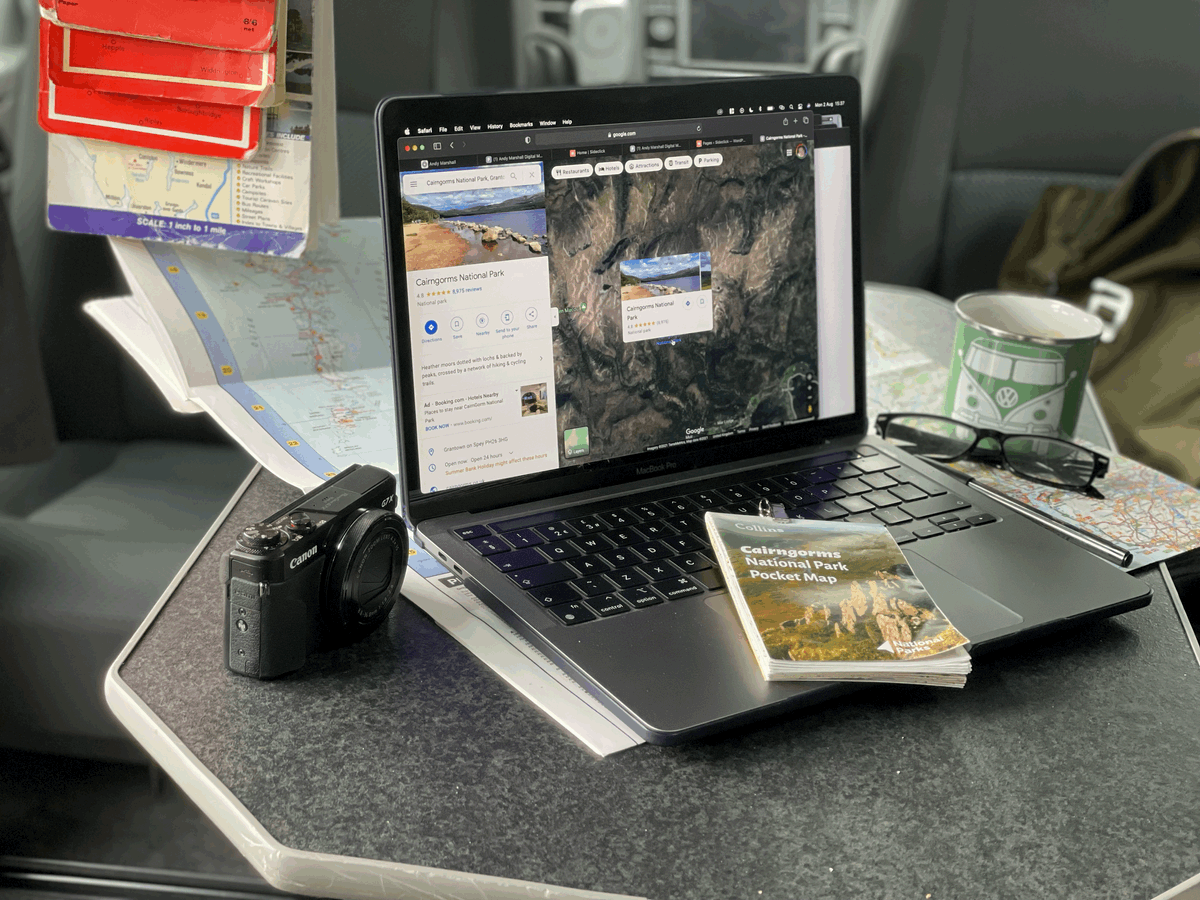
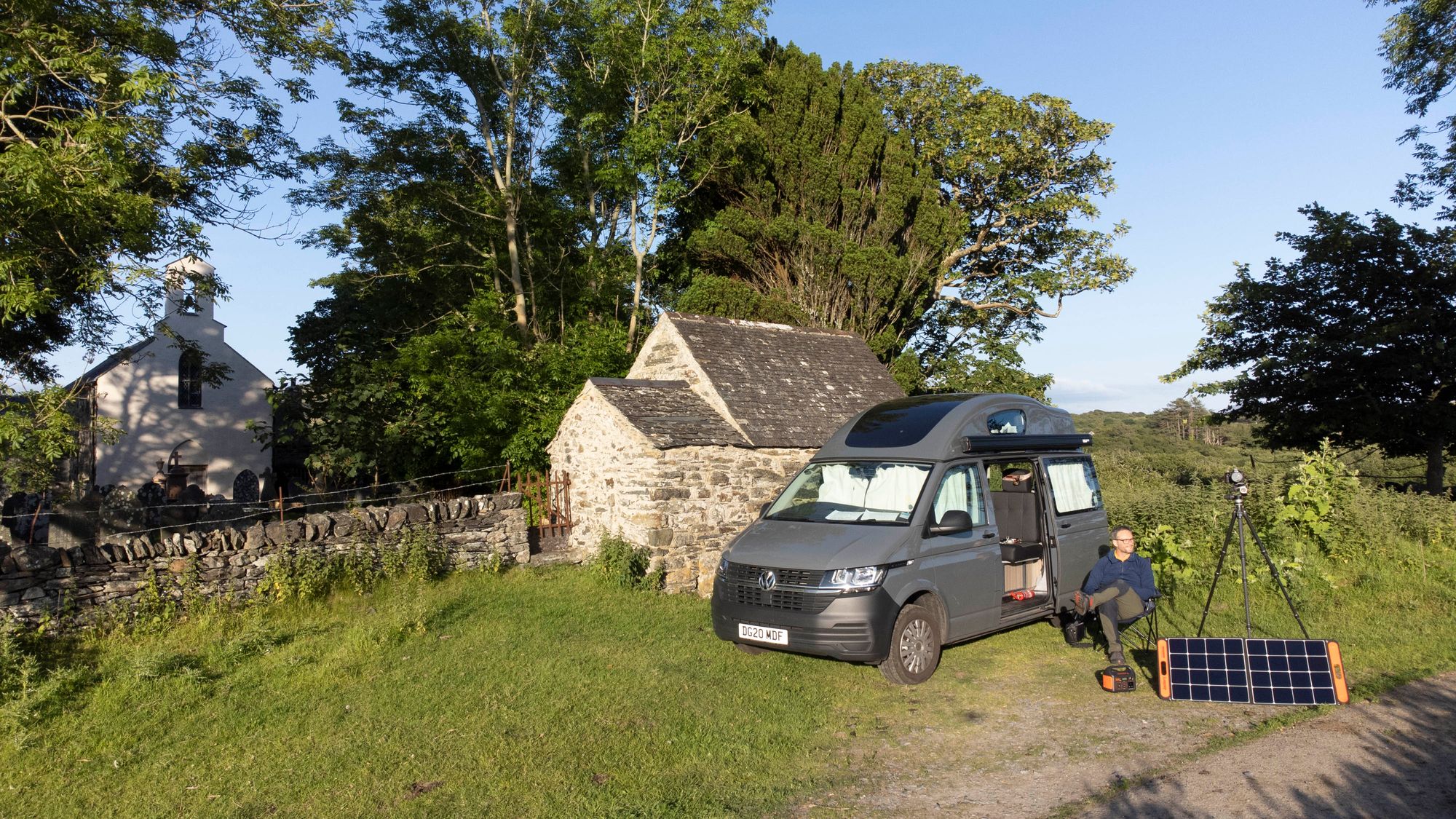
Recent Digest Sponsors:
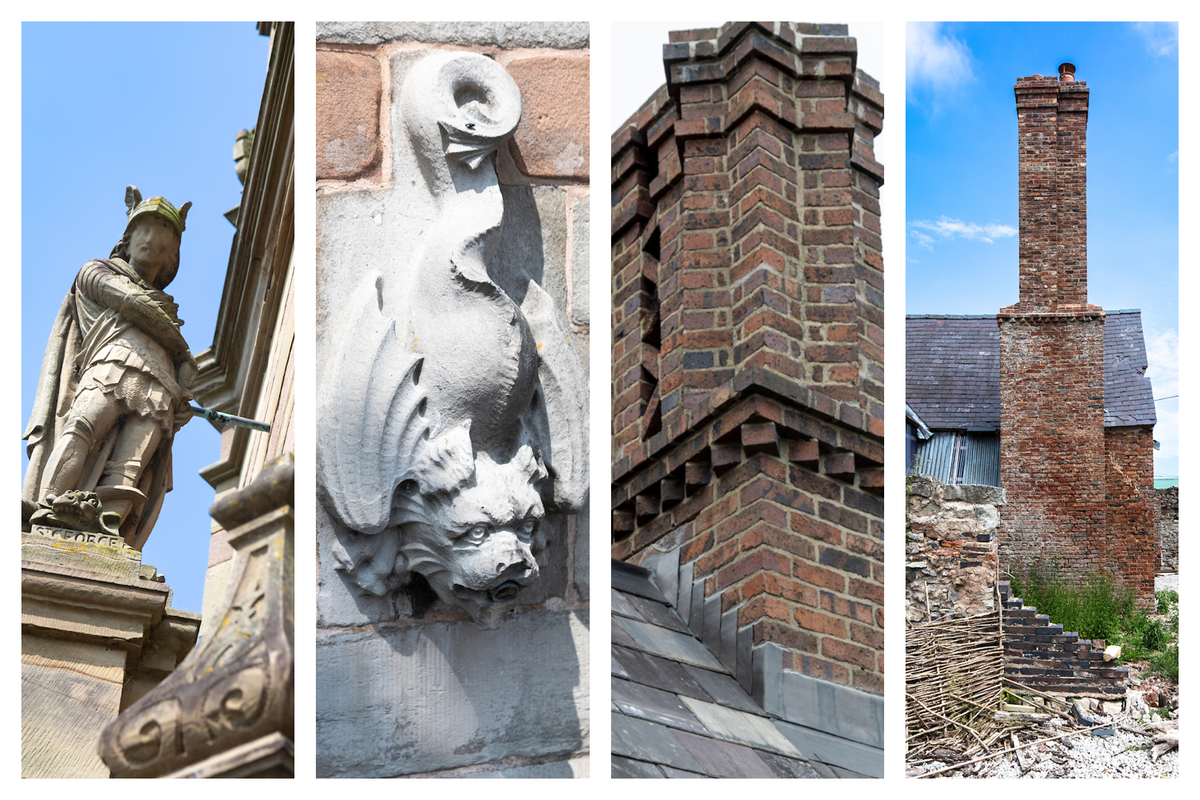
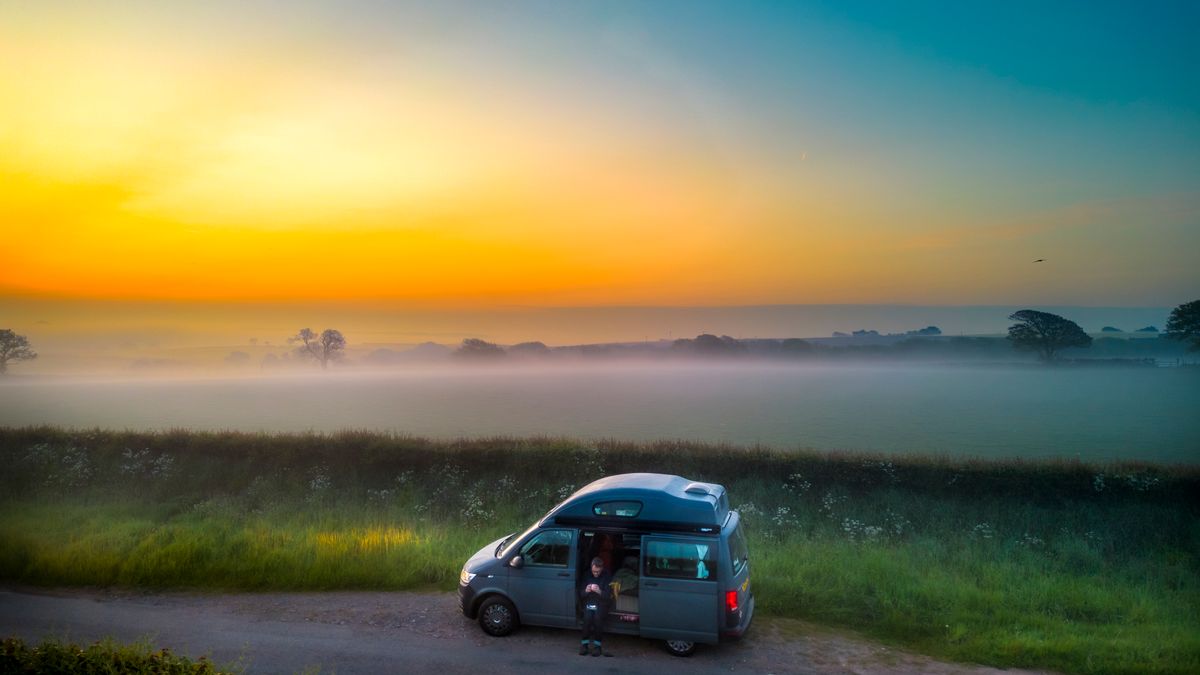
Member Powered Photography (MPP) is helping me offer my professional services for free to historic locations in Britain. I've set up an MPP status page which is updated regularly here:
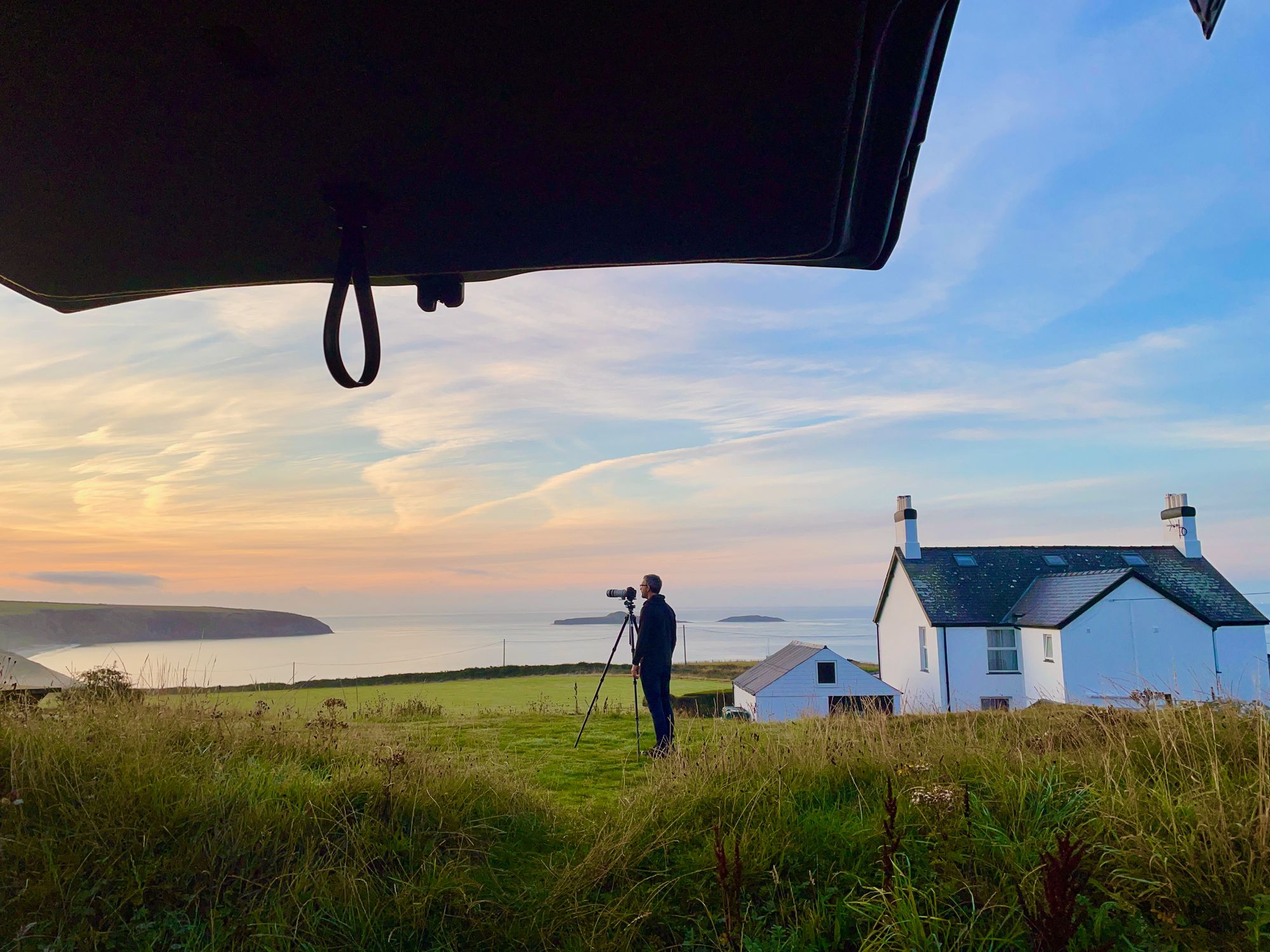
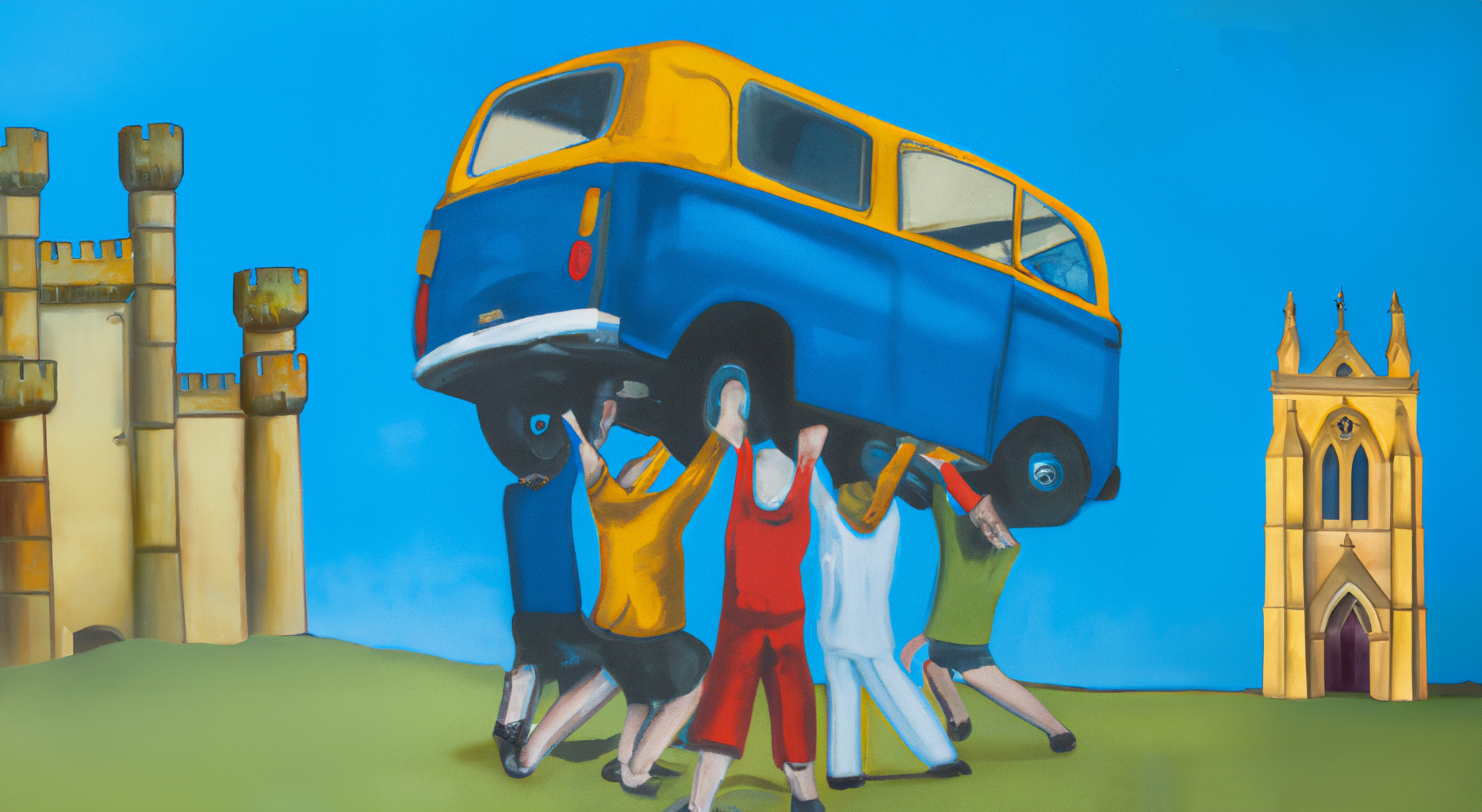
Do you know of a company or firm that might be able to sponsor the digest? Sponsorships are now going towards Member Powered Photography and recorded on the Donations Page.
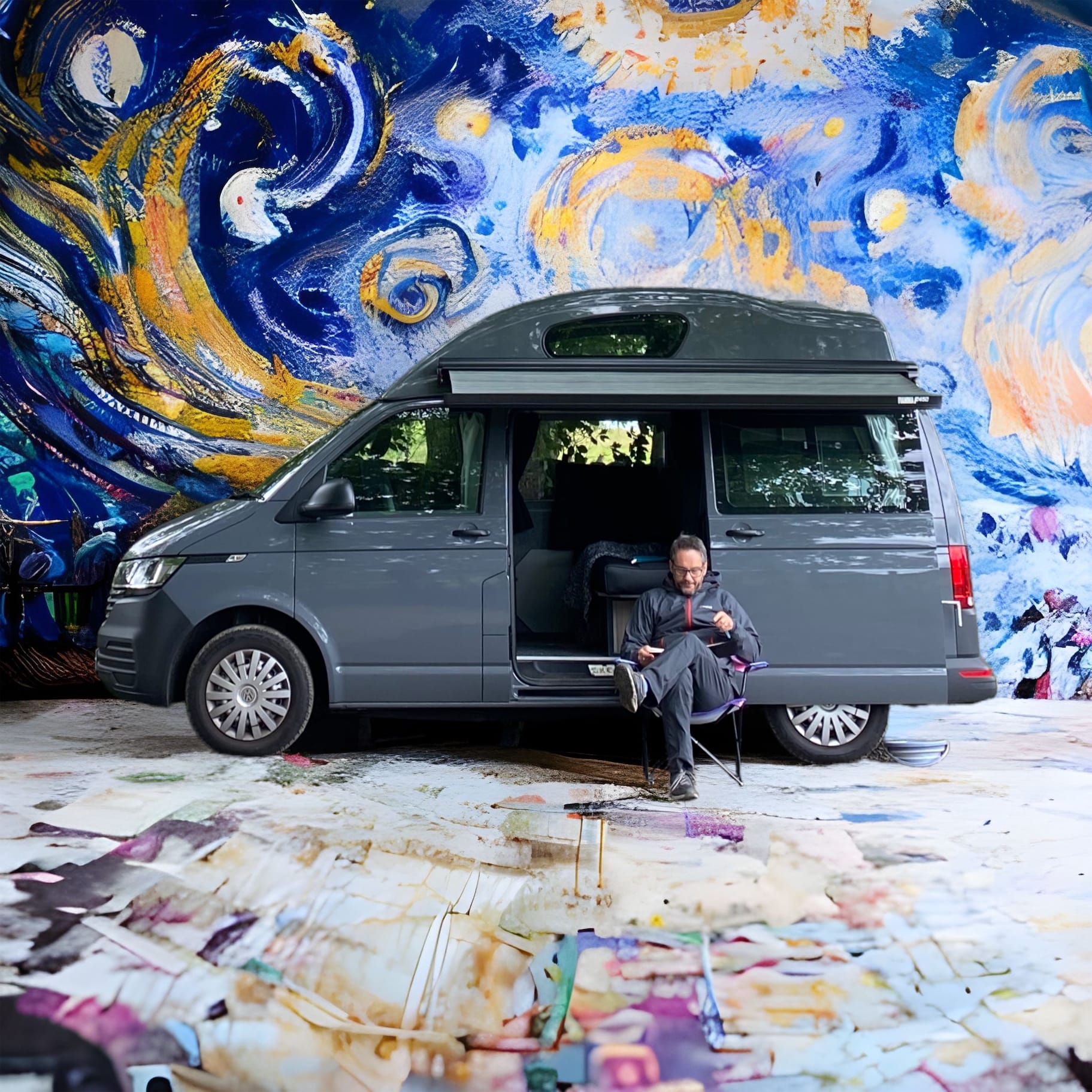
Sponsor a Membership and get your own landing page on the Digest
More information here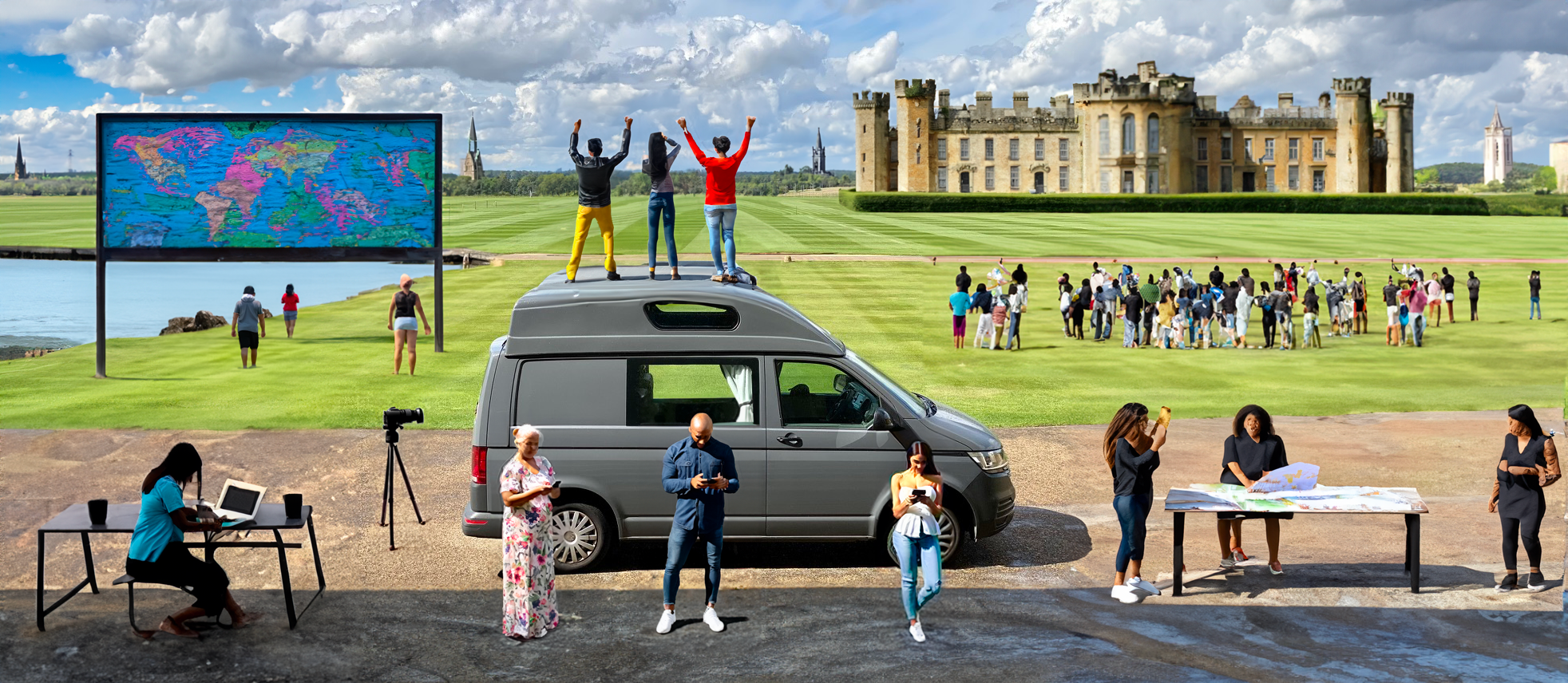
Thank You!
Photographs and words by Andy Marshall (unless otherwise stated). Most photographs are taken with Iphone 14 Pro and DJI Mini 3 Pro.

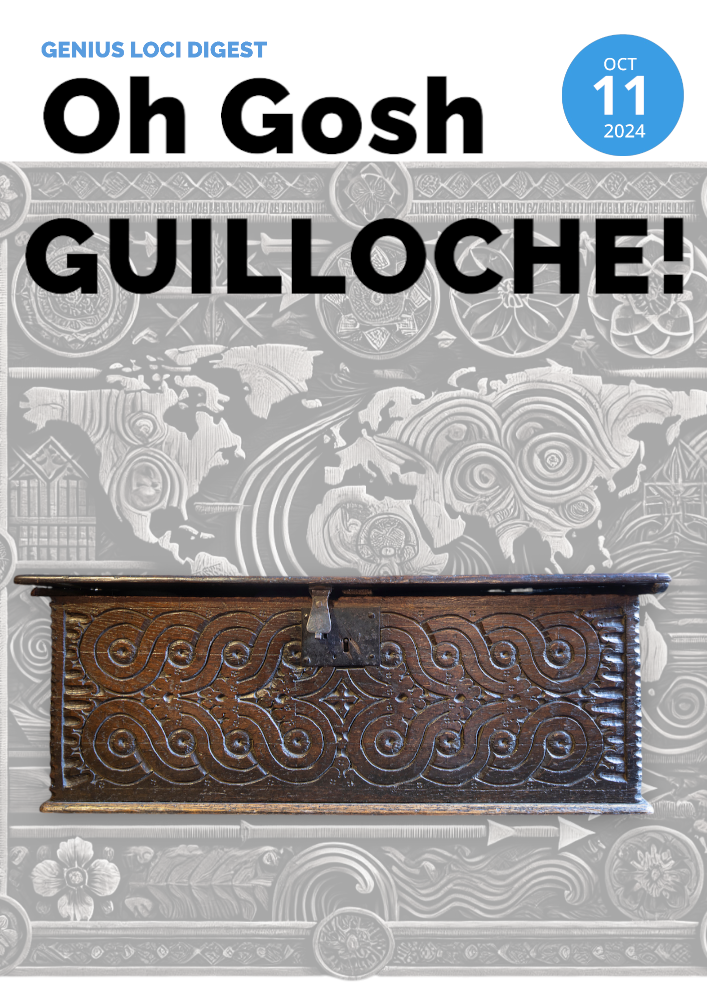
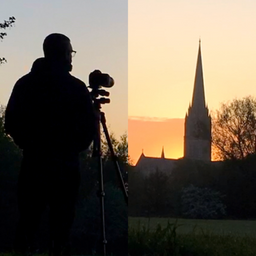
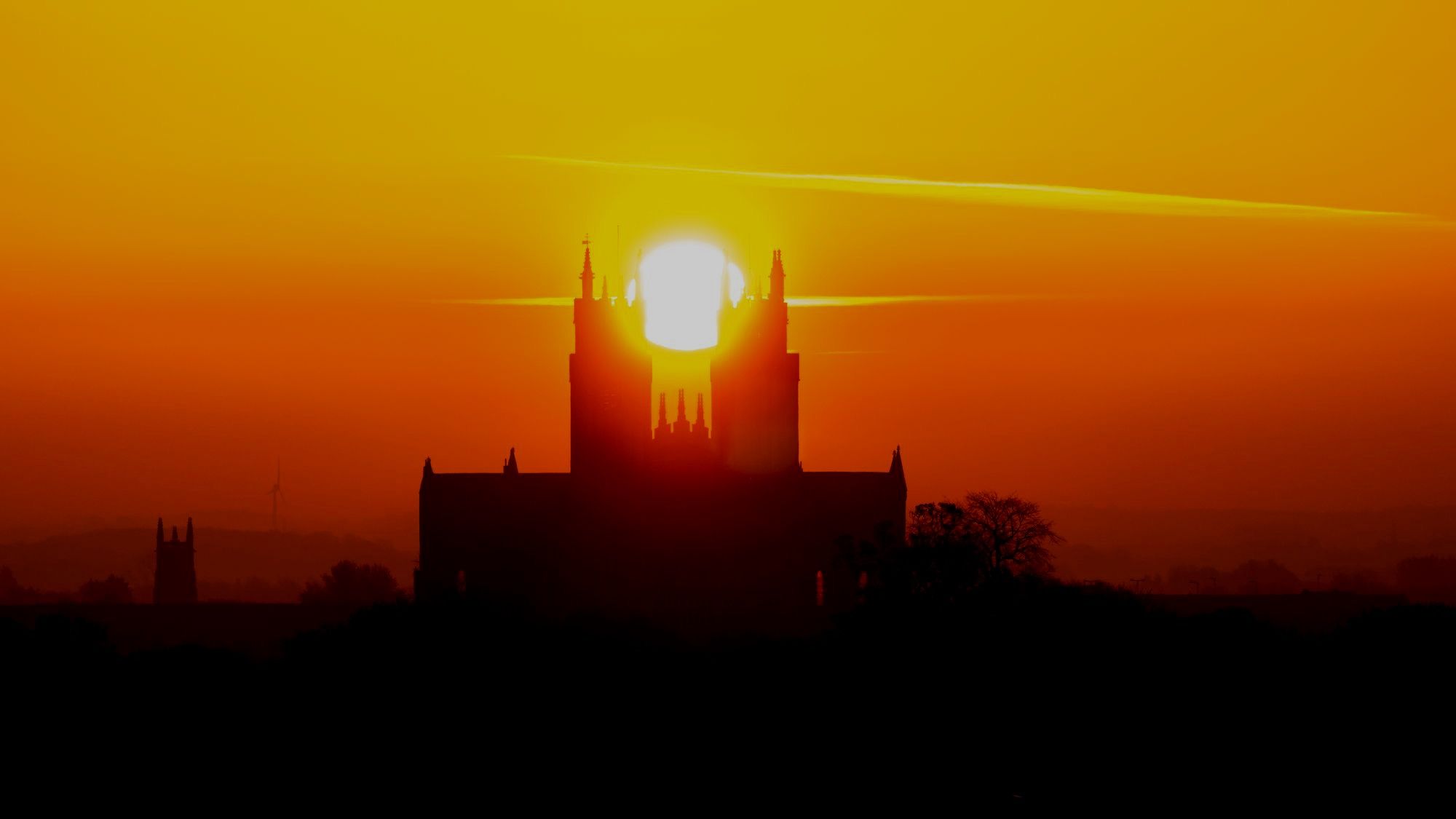






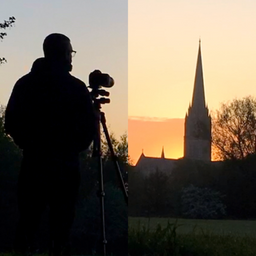
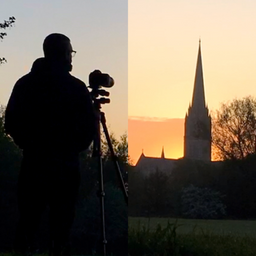





Member discussion